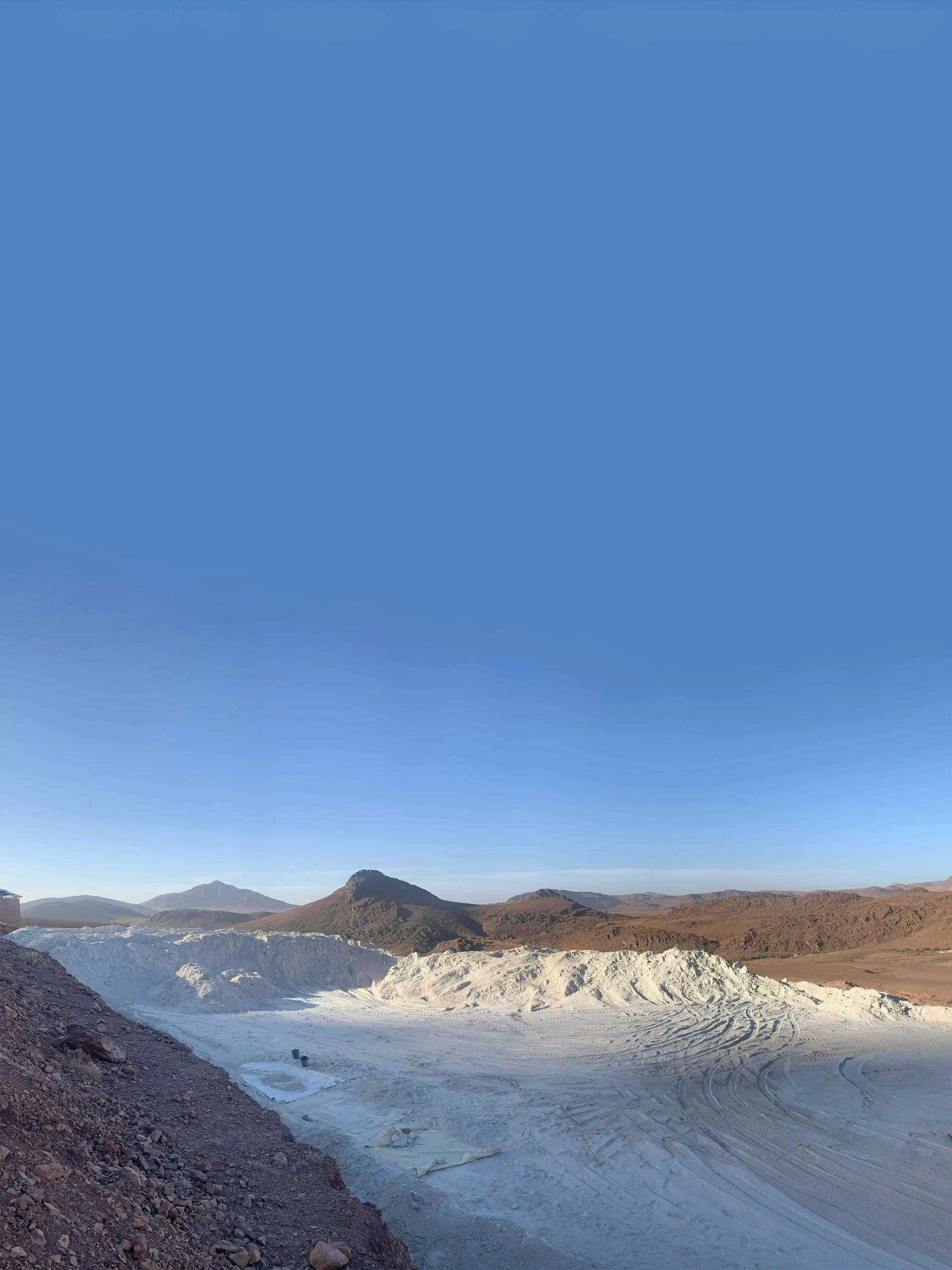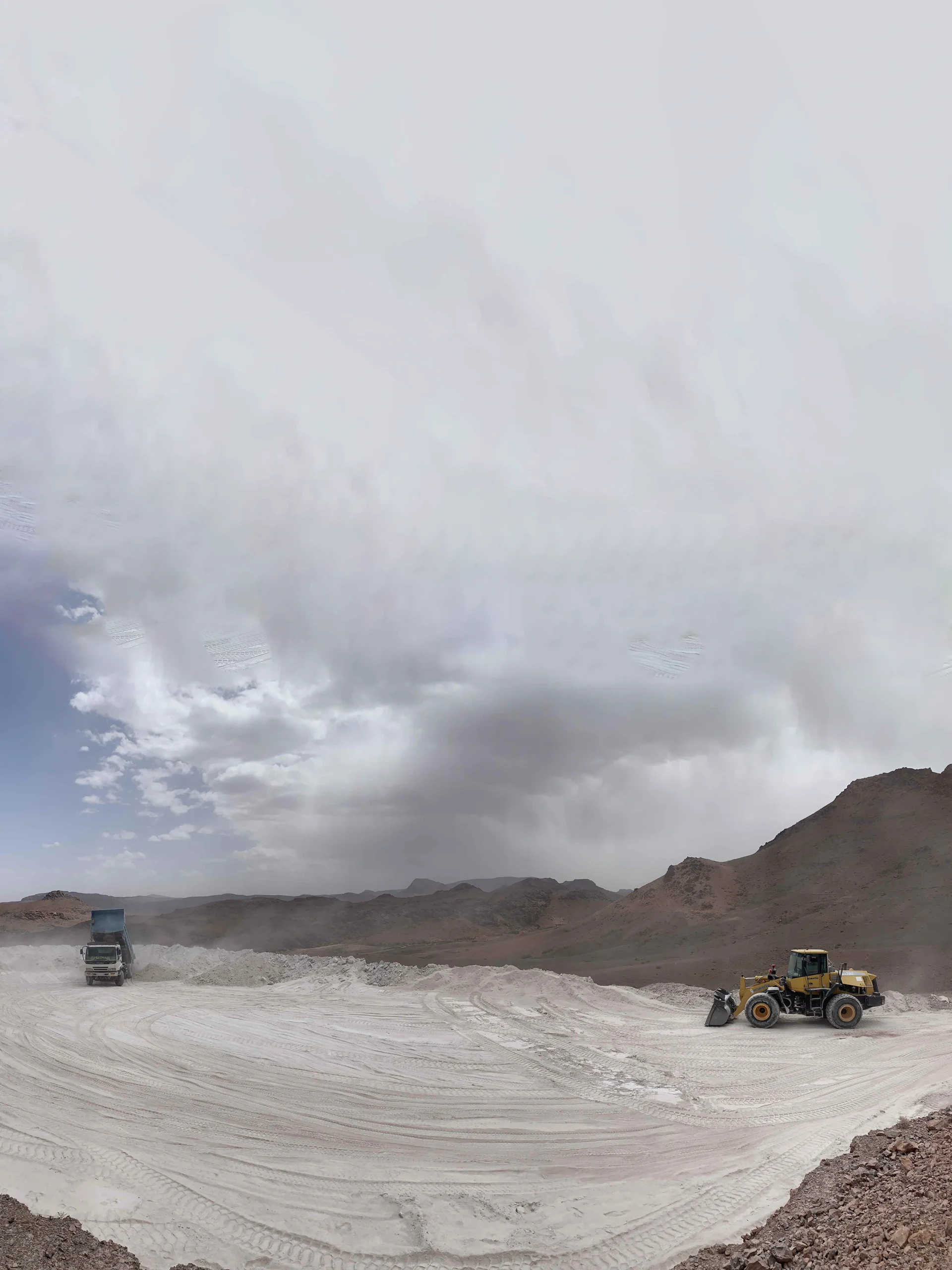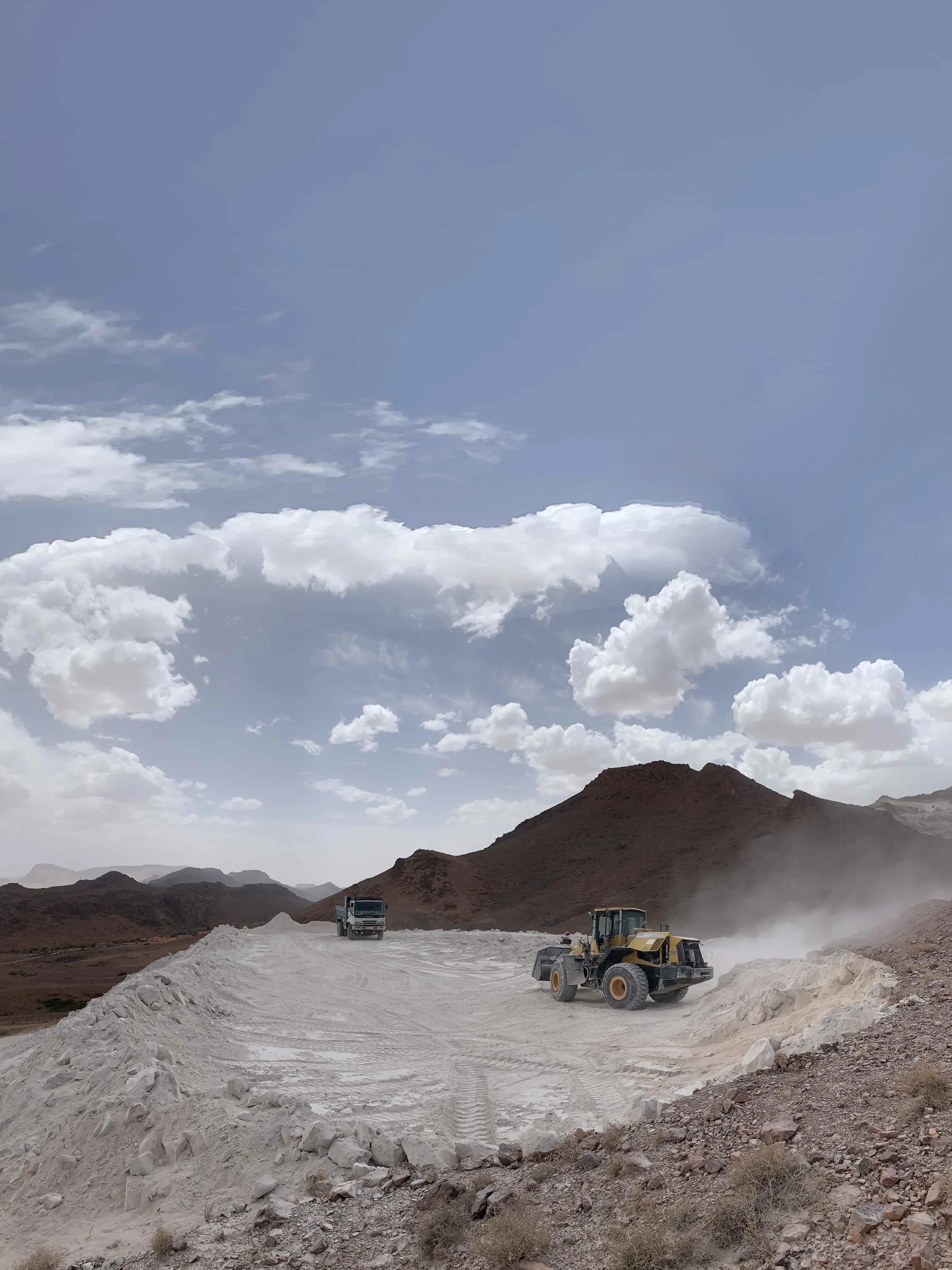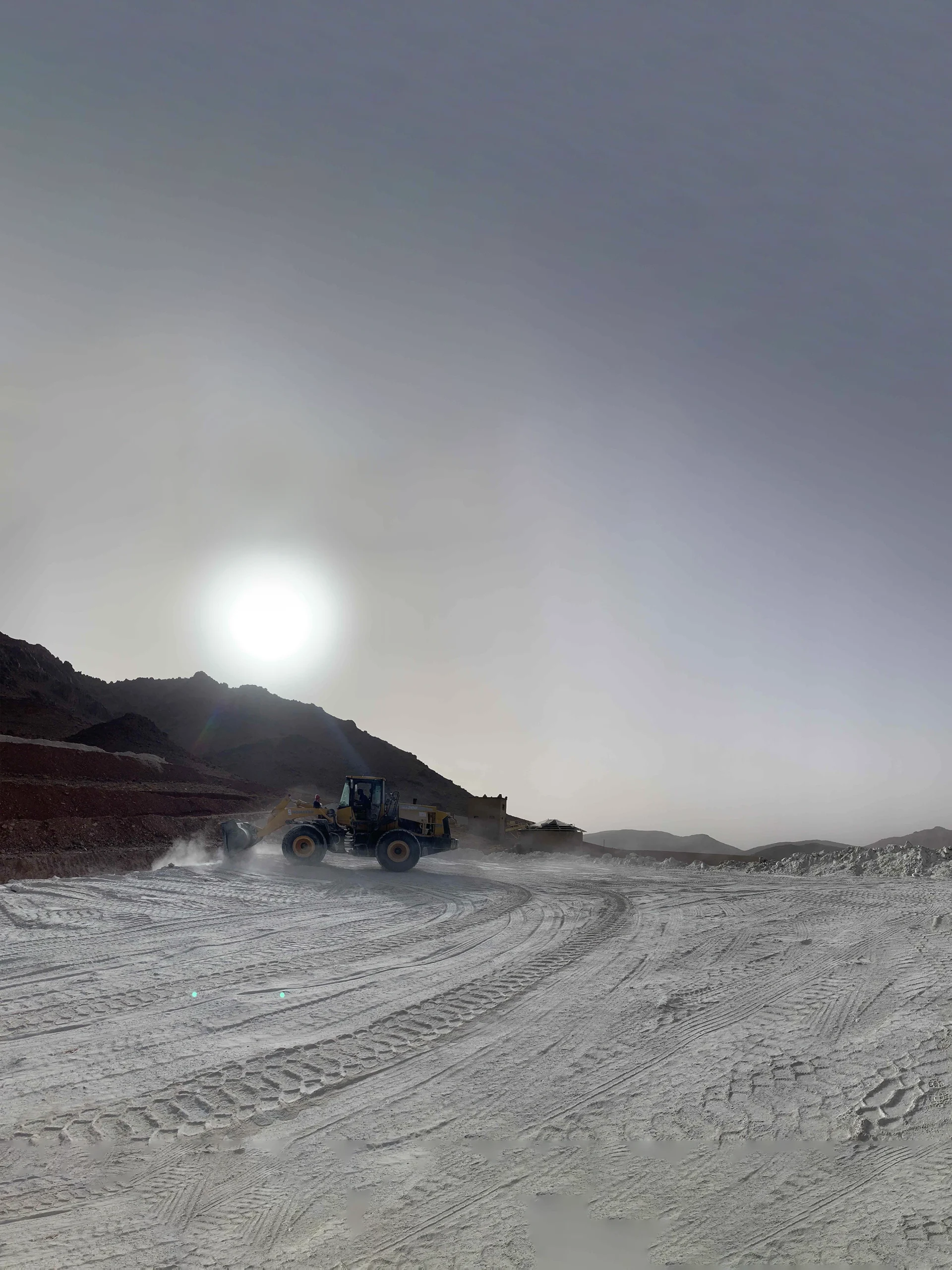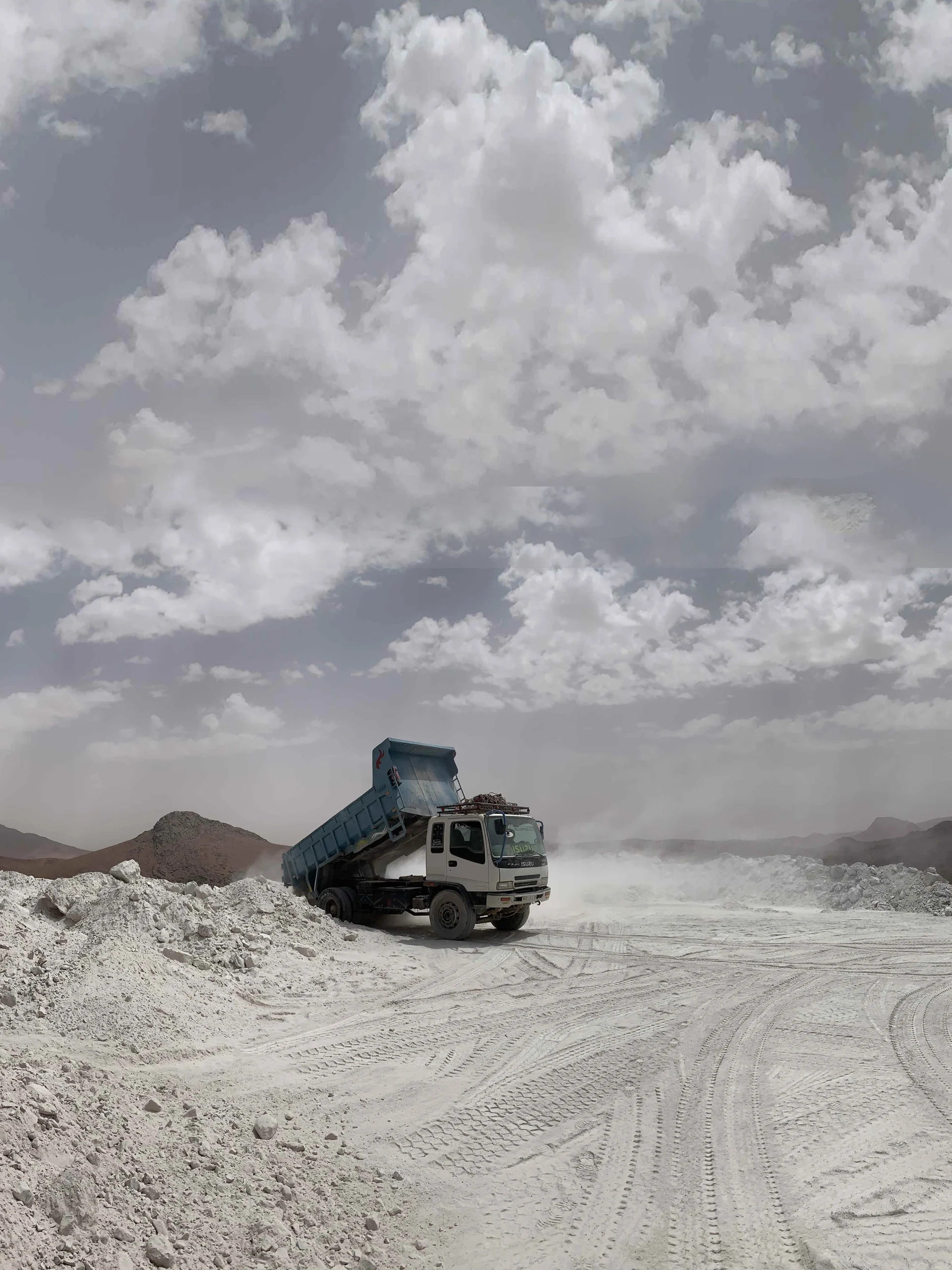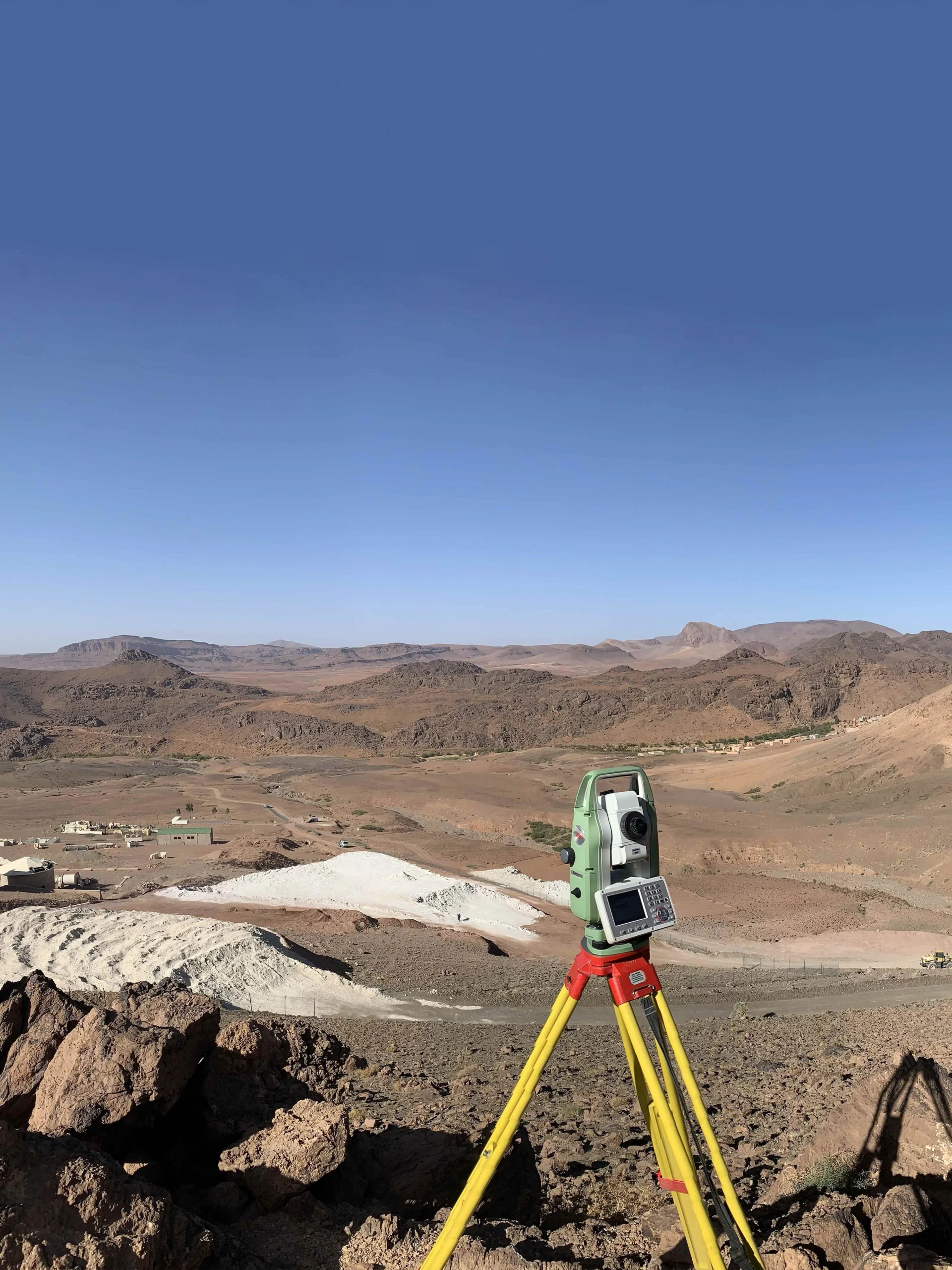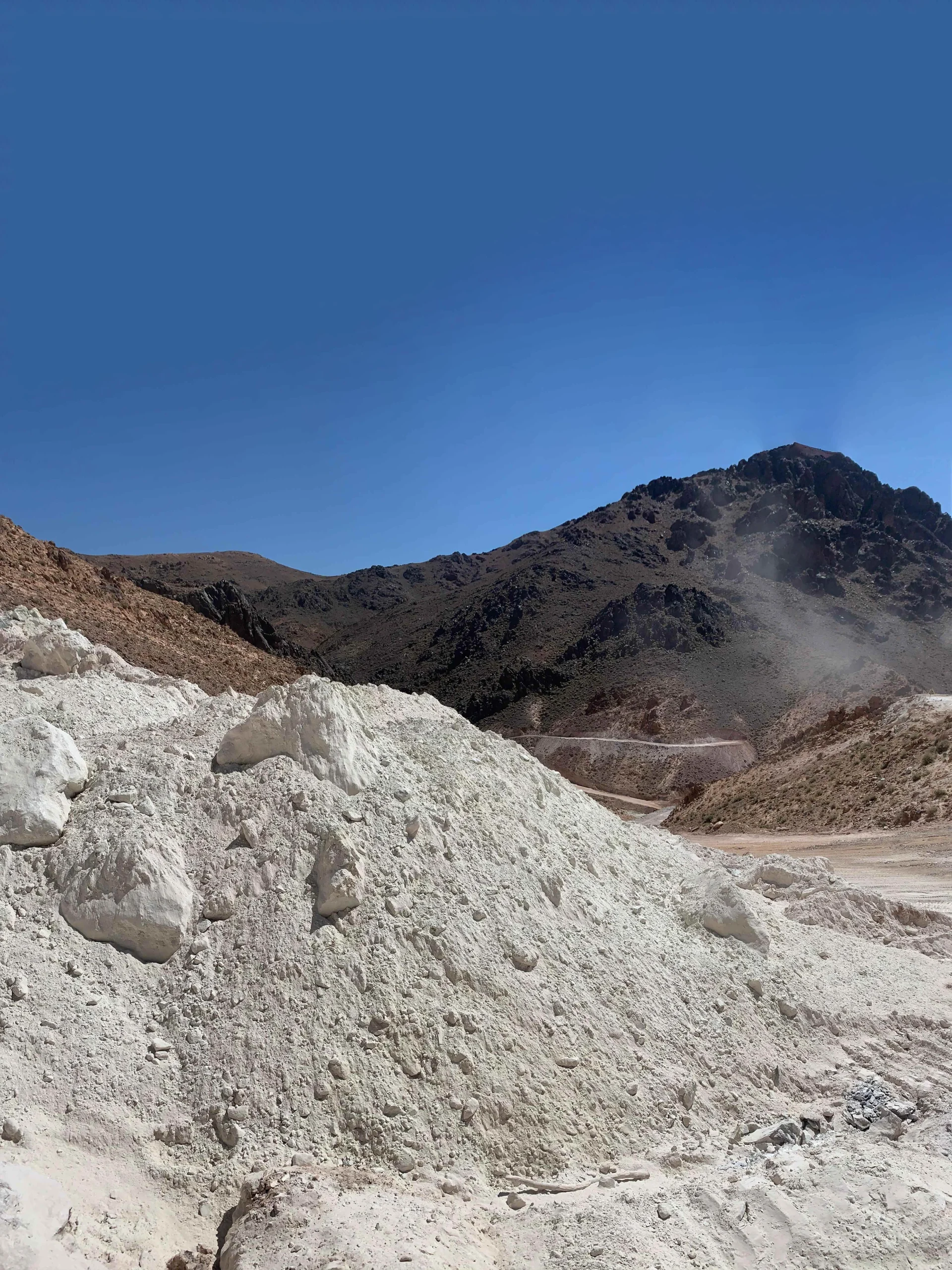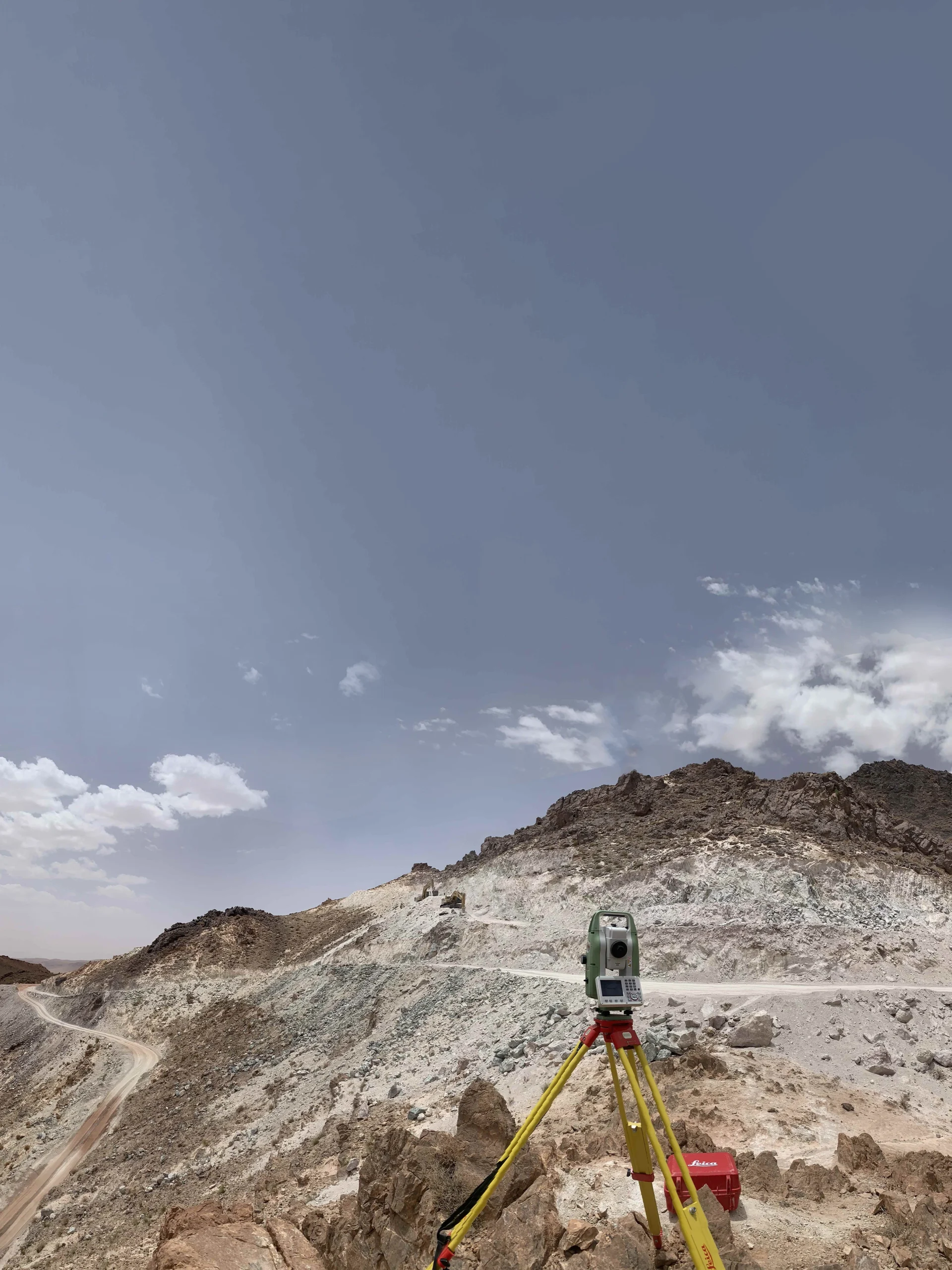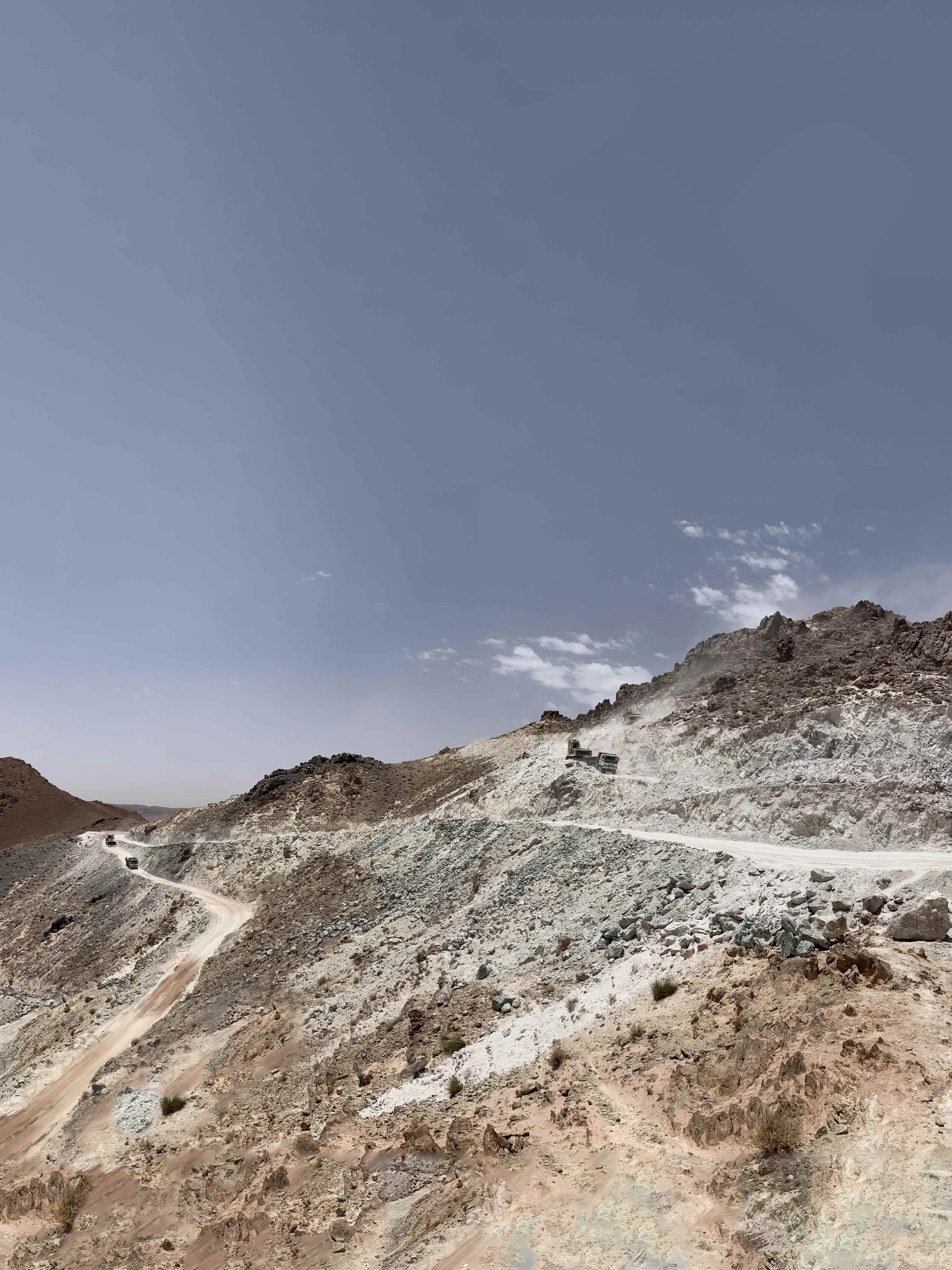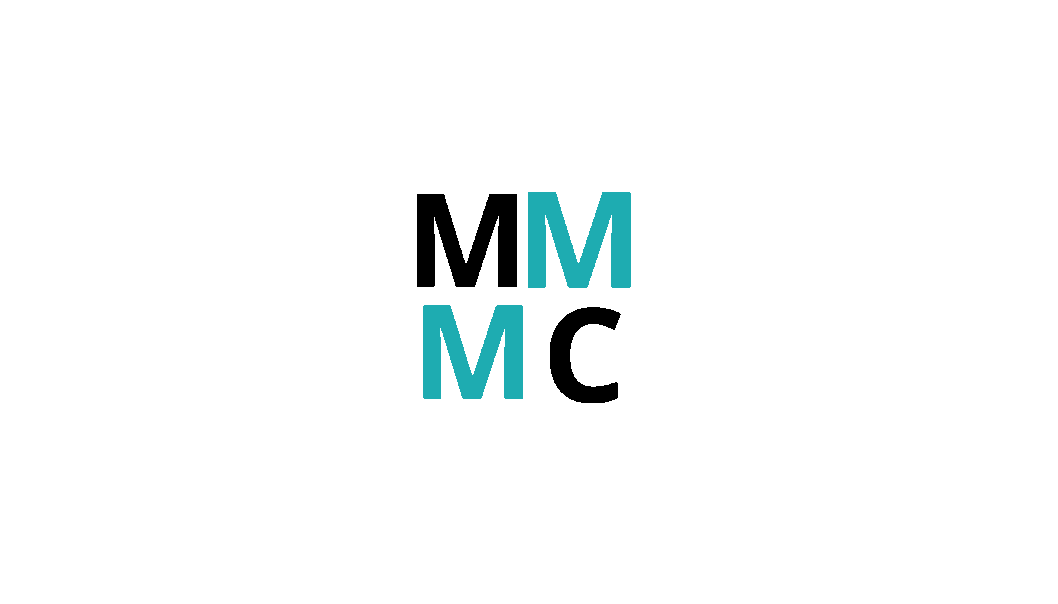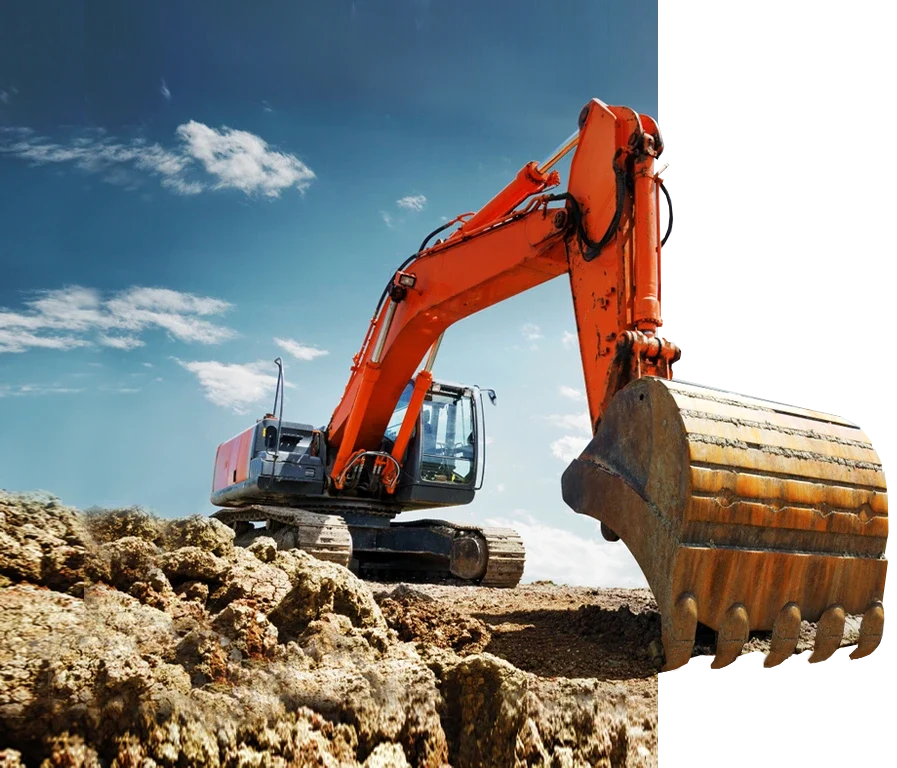
The Talc mine of Nqob is situated southwest of the Siroua Mountains in The Ouarzazate region. The Mining license (PR) 2339918 has been owned by MECTP Group since November 2012.
The Nqob Mine is accessible by a 17km length asphalt road 17 km connected with the RN 10, from Agadir to Ouarzazate. The nearest port is Agadir 270 km from the mine site.
The mine is in a mountainous region in the country’s mid-south 80 km west of the city of Ouarzazat 300 km from the nearest and one of the most important ports of the country located in the city of Agadir.
The city of Ouarzazat harbours an international airport and is linked to all the major cities of the country through a solid and good quality road network. It is considered the country’s mining capital. The Talc mine can be accessed through a track road of about 17 km out of a road linking up the two cities of Ouarzazat and Taznakht and reaching the city of Agadir.
Geo-location: 30°36'55.41"N, 7°25'38.63"W
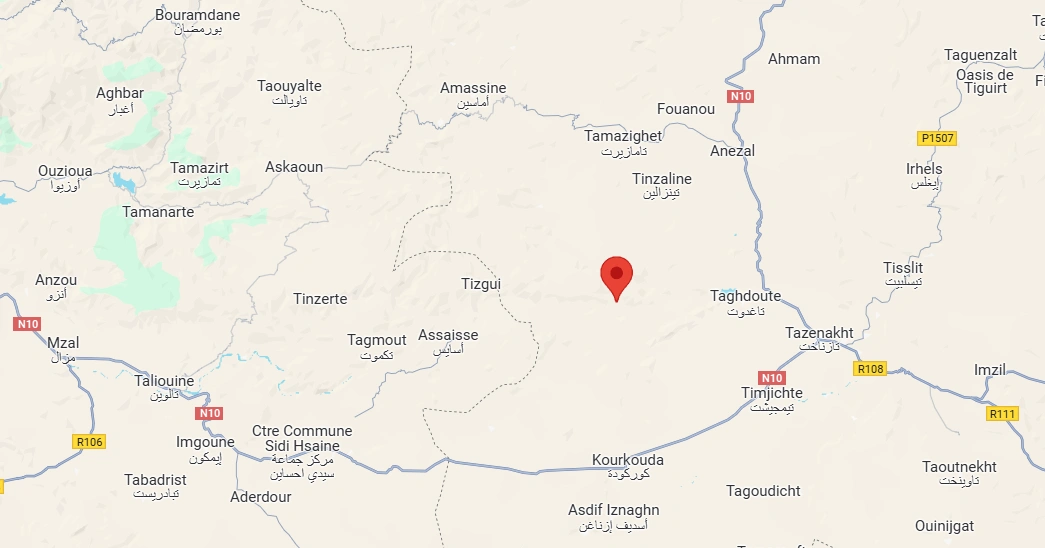
The first report about the occurrence of talc in Nqob region was by Leblanc in 1970. This is the only deposit reported for major talc orebody in Morocco.The Nqob talc was the subject of anarchic artisanal exploitation as evidenced by many galleries and trenches which mark the mineralized structure On February 2008, the Nqob permit leased to MECTP. In 2009 some surface geological studies were conducted and led to a reliable resource of talc. From 2009 to 2012 three studies were carried out to define the possible grade and recovery if the ore is processed. These studies are the bases for feasibility studies.
In 2013 and 2014 the process plant was completely constructed in its crushing unit. The main equipment of the rest of the plant are purchased and shipped to the site. By global recession and the pandemic, the market and accessibility for completing the mobilization of this project halted until mid-2023. Since then, MECTP established a core team at its central office and then a site-based team in early 2024. In 2024, MECTP drilled near 2,000 meters of boreholes (up to the depth 100m) as well as near 4 kilometers of new access road and exploratory trenches. The mineral processing studies are revised to complete the construction of process plant.
The geology of the Nqob area is constituted of Proterozoic medium up to superior with a mix of sedimentary and volcanic series: Dolomitic limestone, Greywacke and tuffs, Volcanic formations (basalts and rhyolites…), Quartzite sandstones, Siltites & greywacke…
Talc mineralization of Nqob are the result of tectonism and metamorphism during the pan-African orogeny. Dolomites and shale are intensely folded and dilacerated in the orebody. The talc beds are of metric thickness, white in color, friable and very fine-grained. They alternate with the dolomite beds.
The whole is very straightened with a dip of about 75° towards the north.In 2009, ONHYM by using a limited number of geological sections, reported an inferred resource of 85 million Tons for a 100 m depth of the ore body. In 2011 the same method (with more sections) was implemented targeting the eastern part of this deposit leading to about 15 million tons of talc ore this part. Mapping of the talc deposit indicate a resource of 87 million tons, The orebody has significant outcrop in surface.In 2024, MECTP drilled near 2,000 meters of boreholes (up to the depth 100m) as well as more than 4 kilometers of new access road and exploratory trenches. The samples are currently under laboratory testing to support a geological resource estimation based on the commonly accepted global codes of practice in reporting mineral resources and reserves.
Exploration
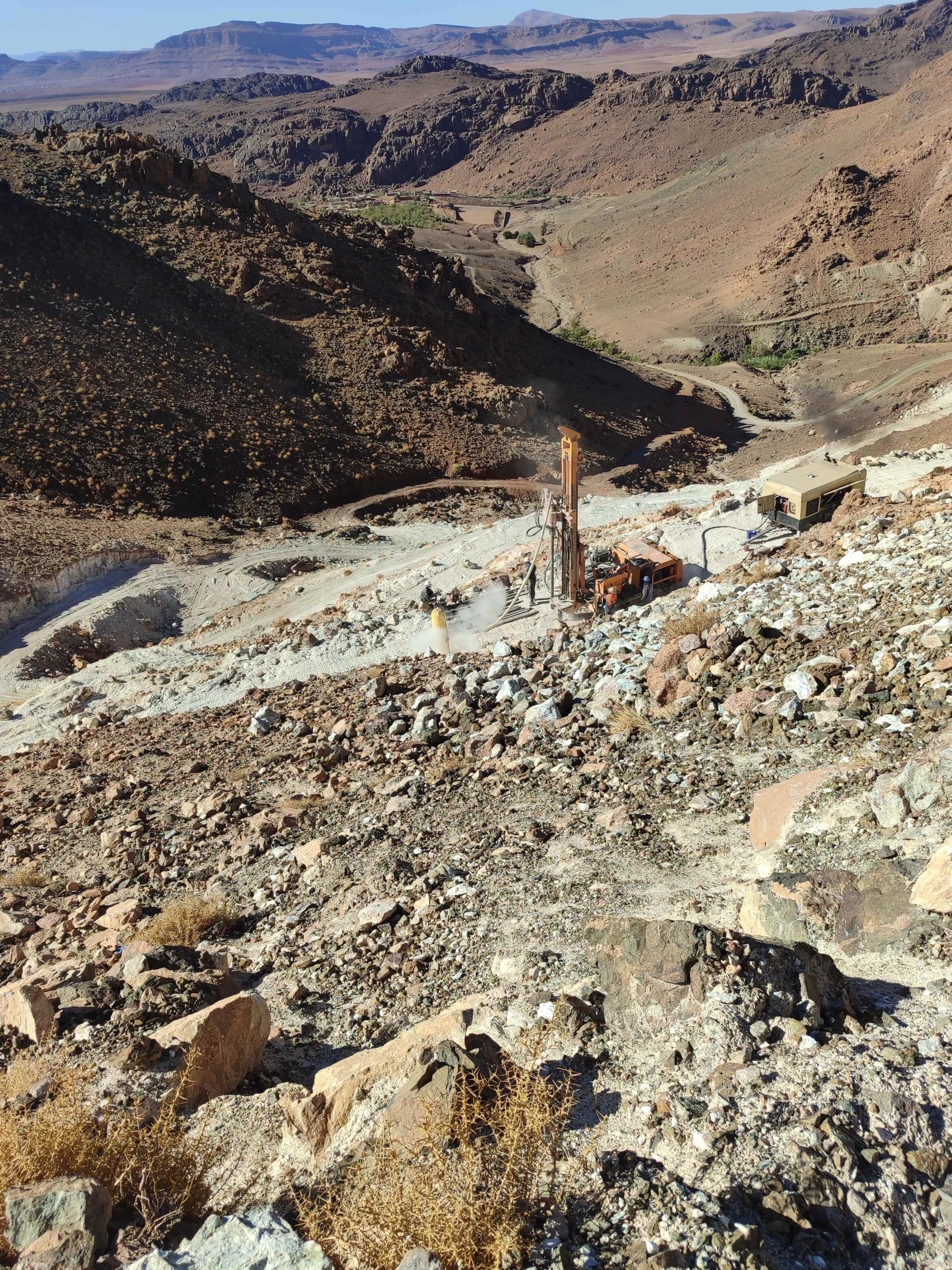
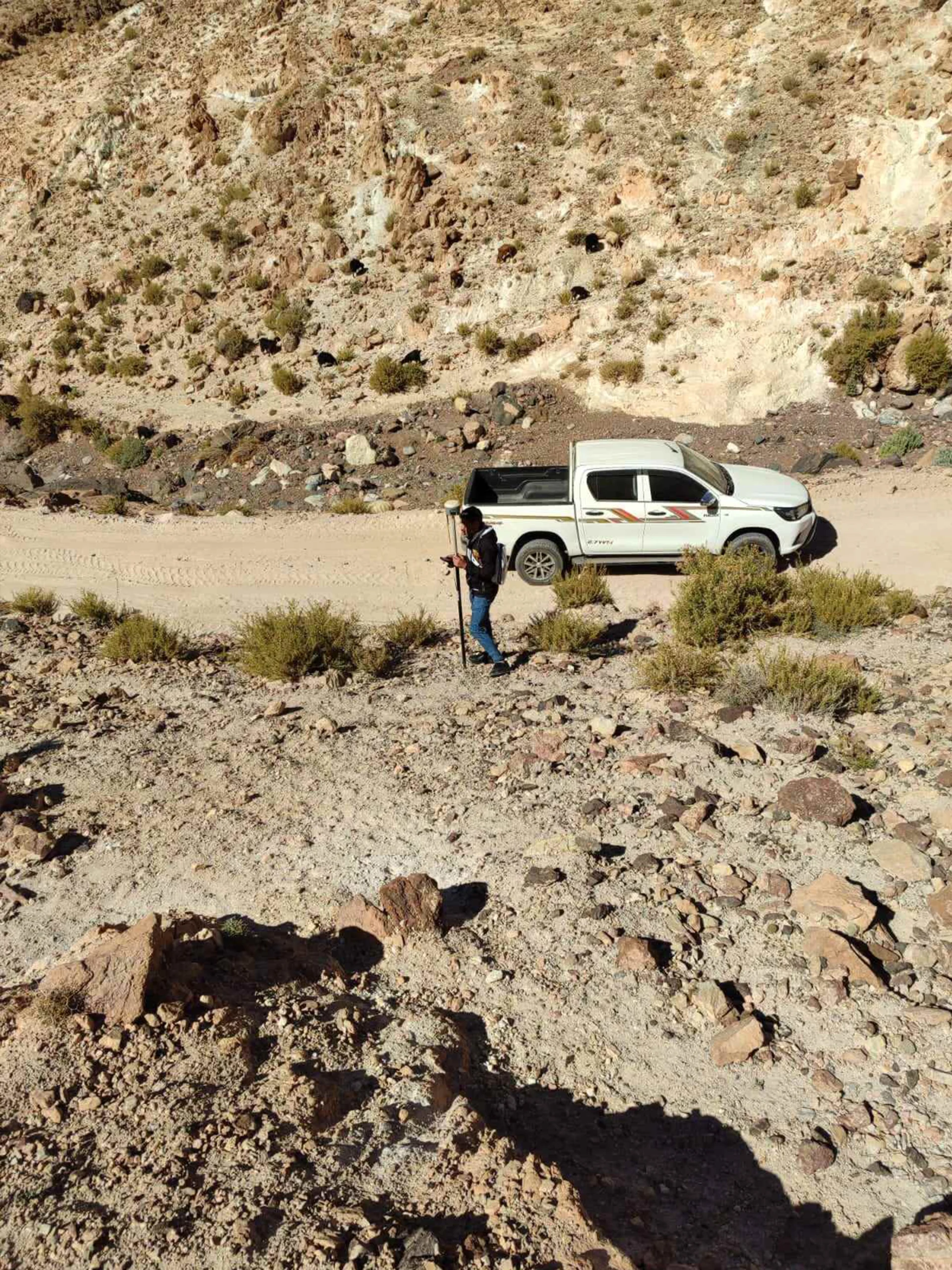
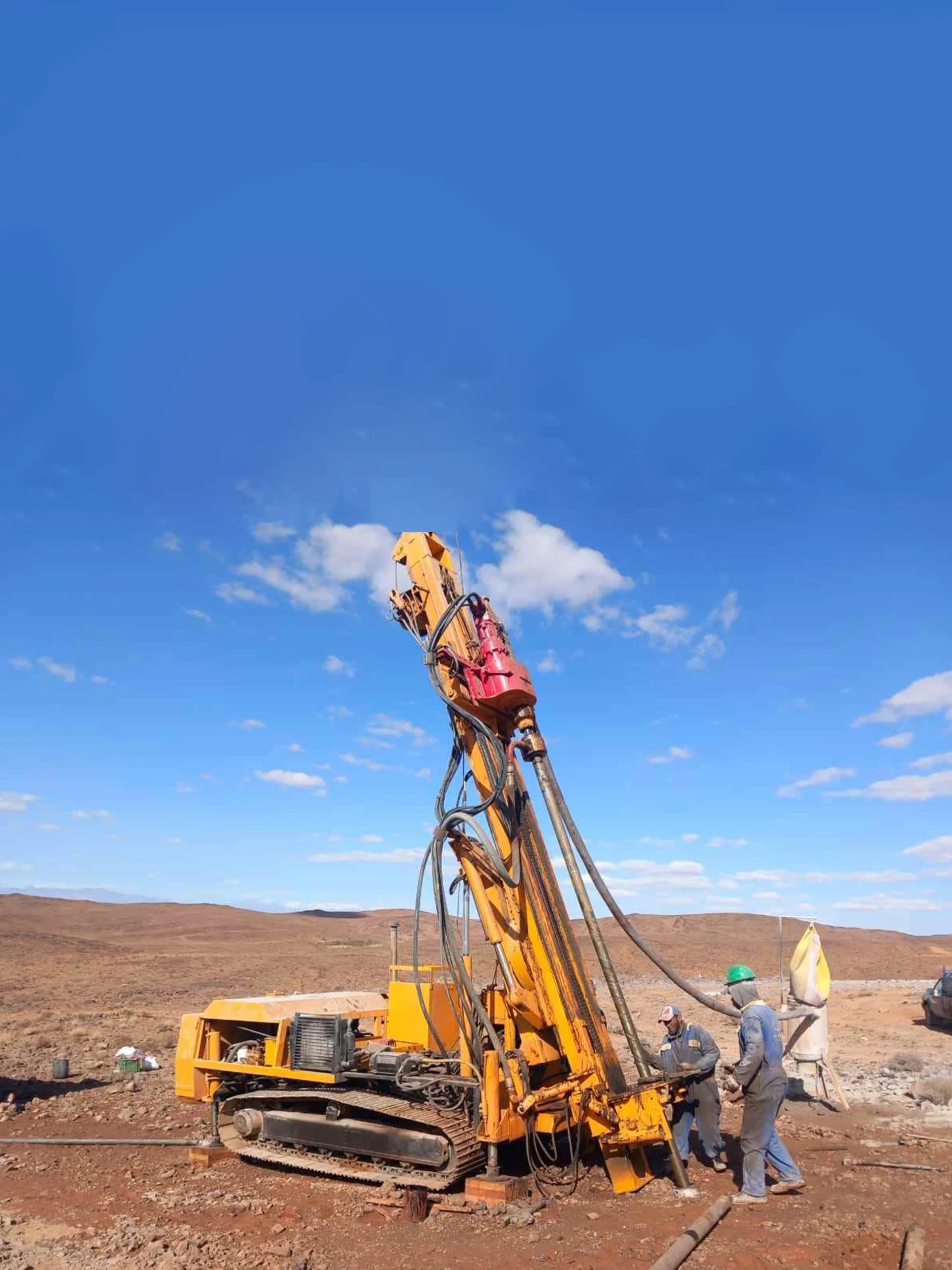
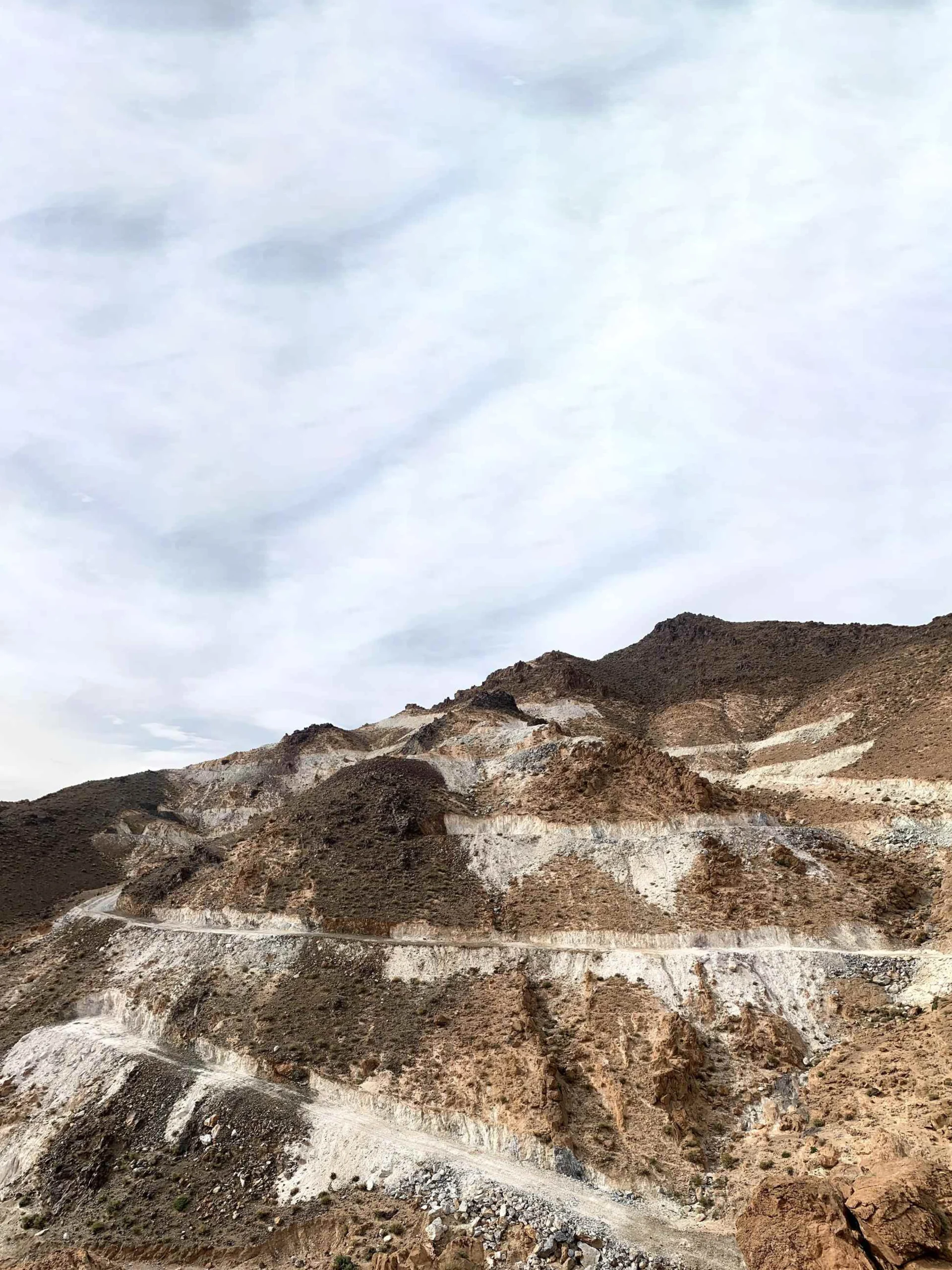
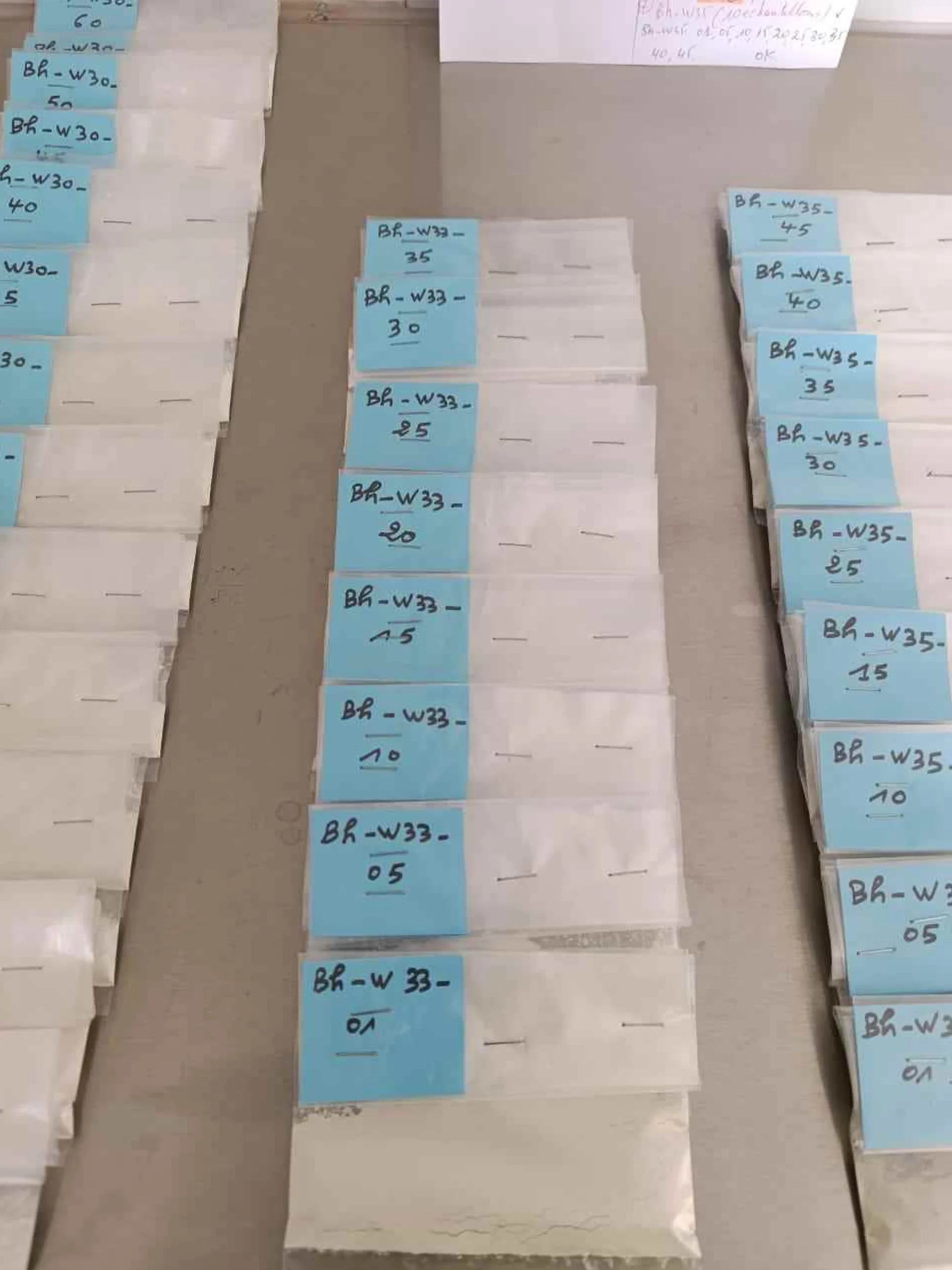
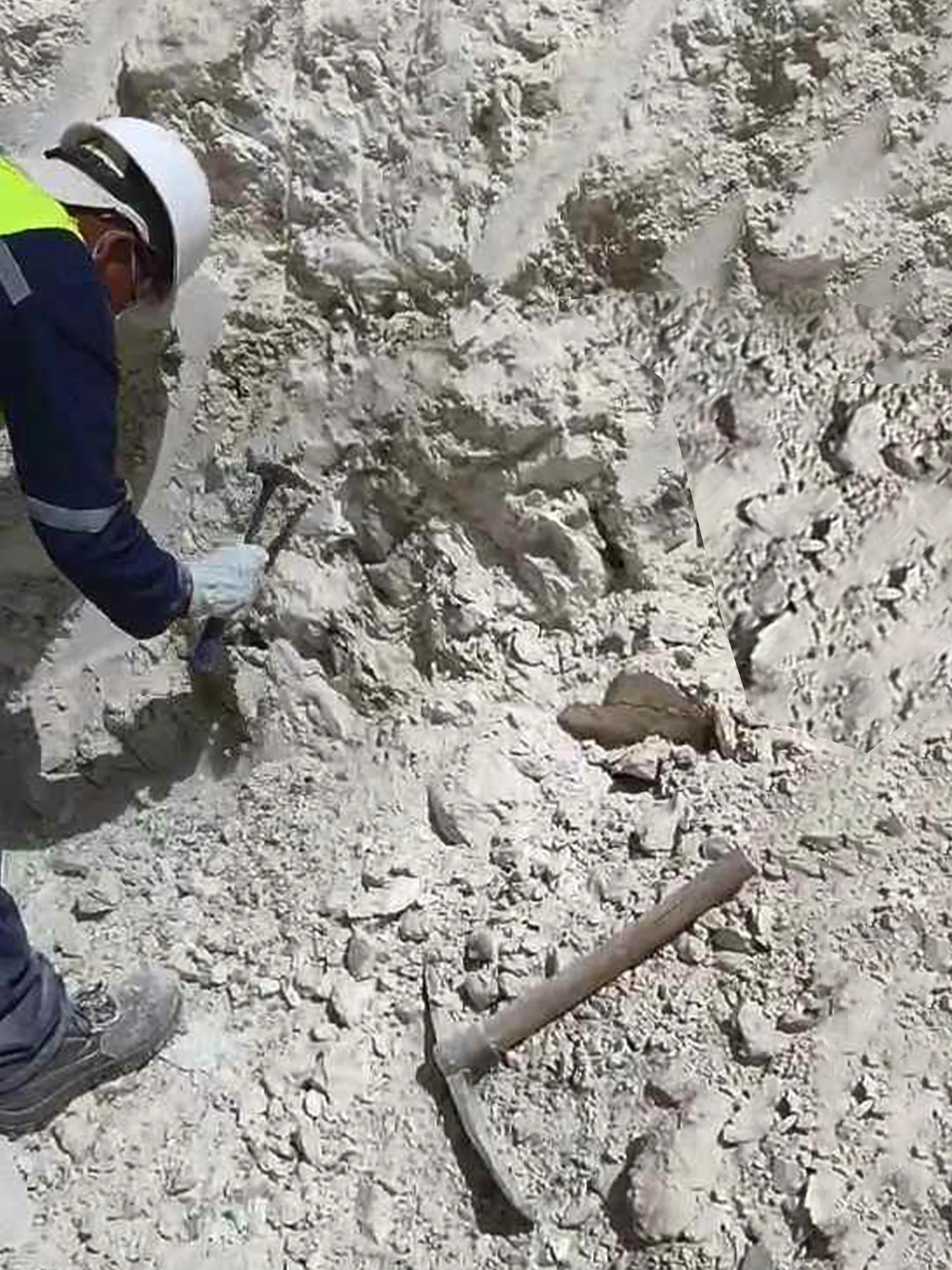
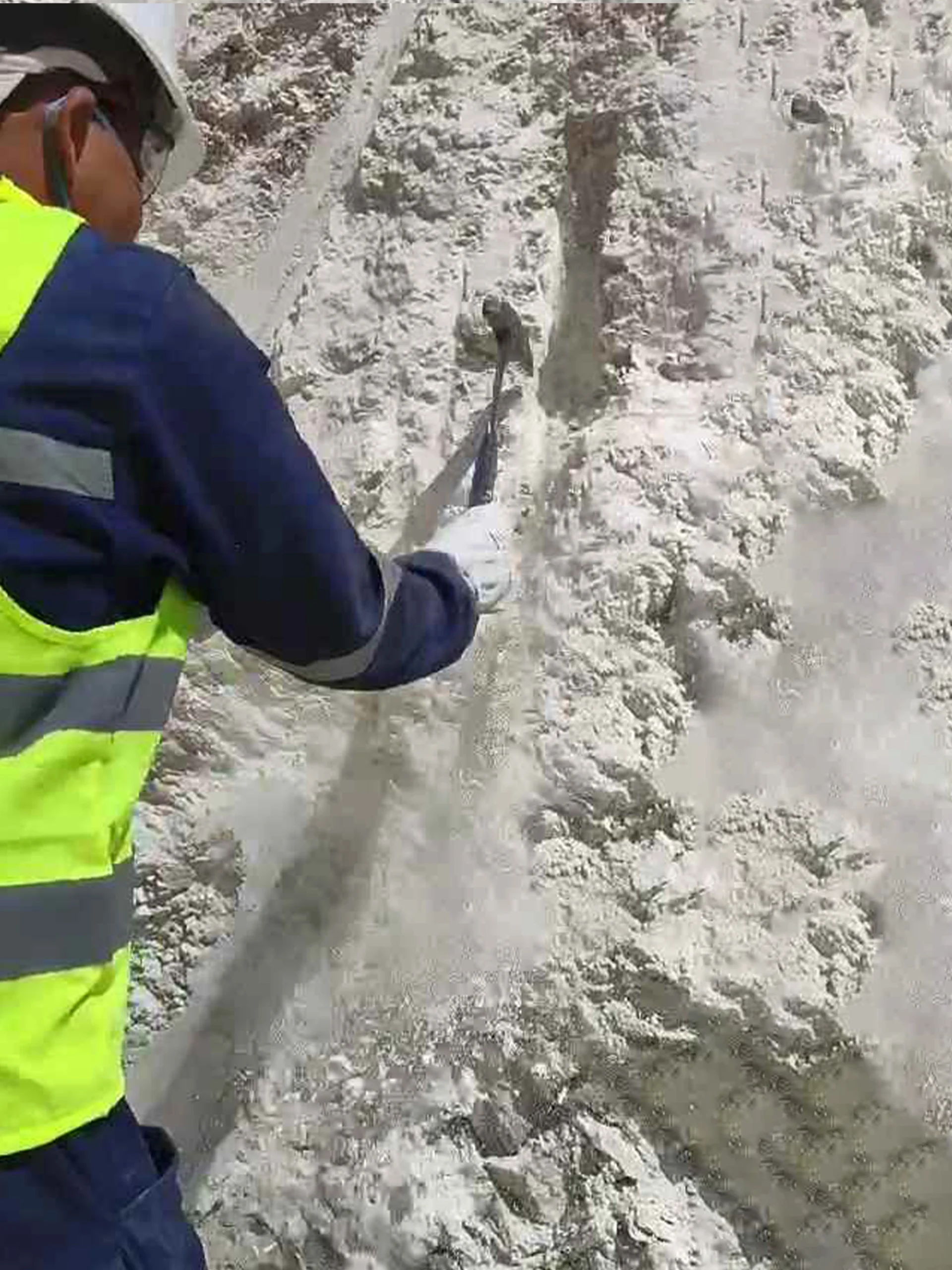
Mining
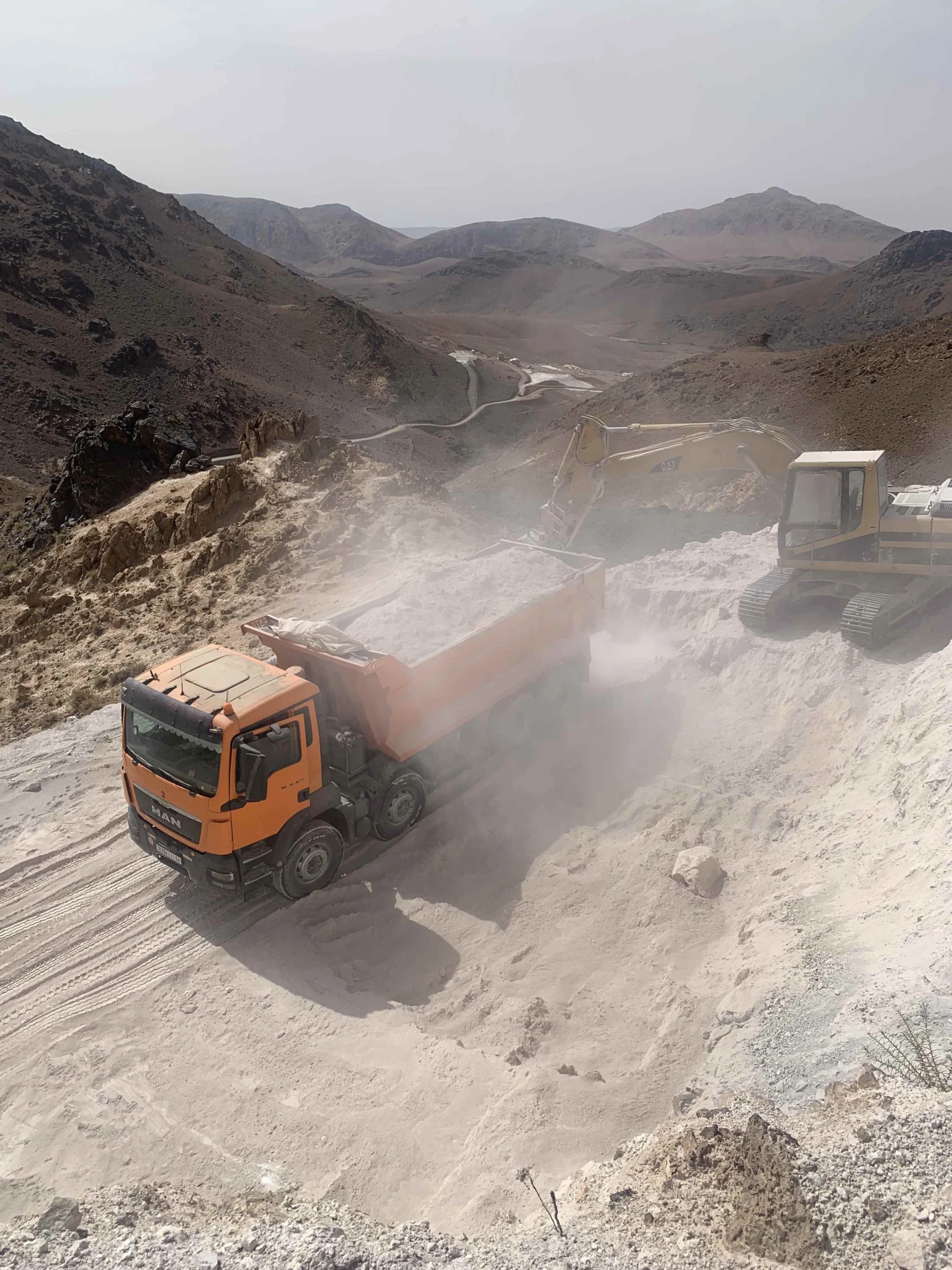
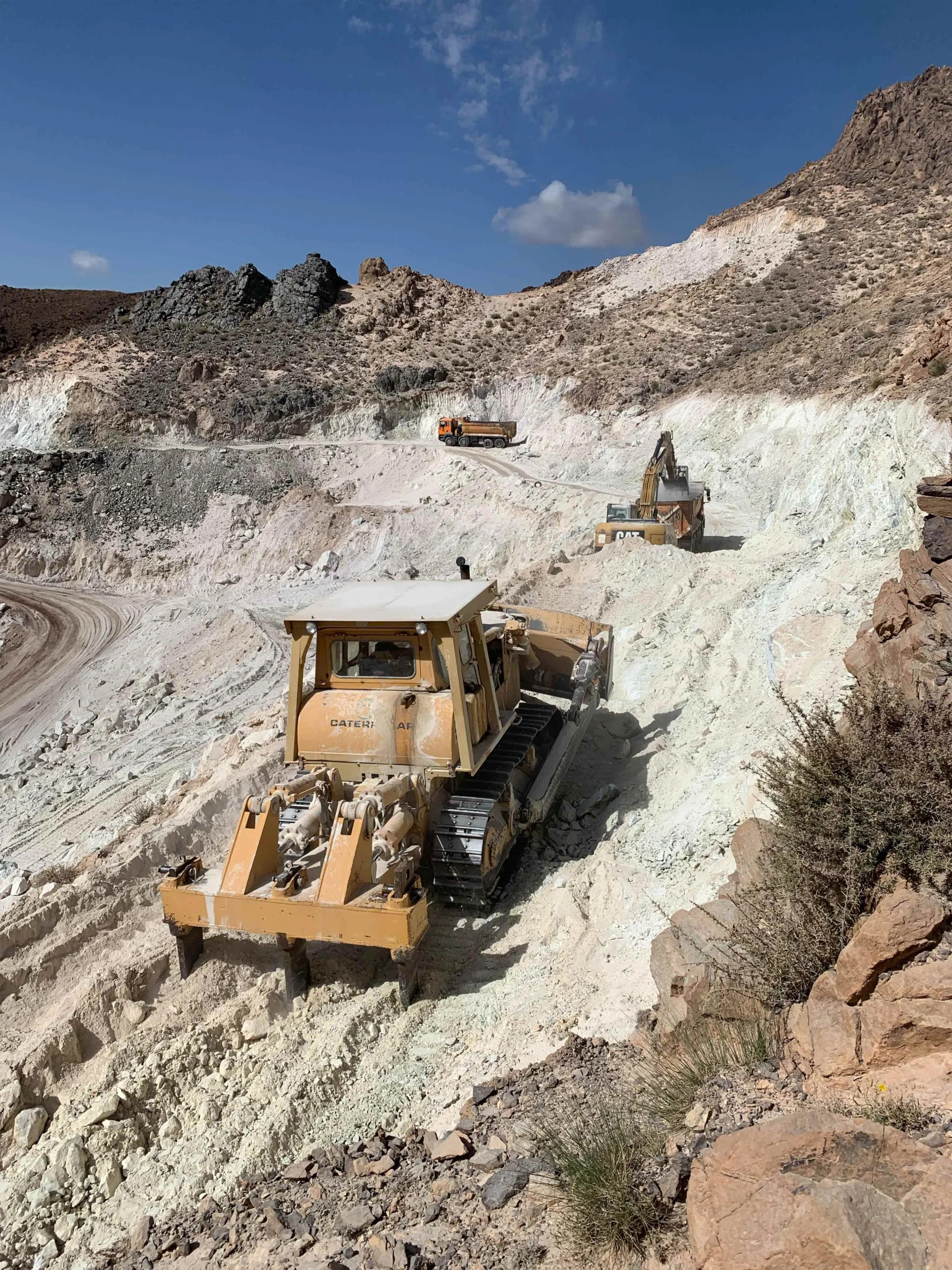
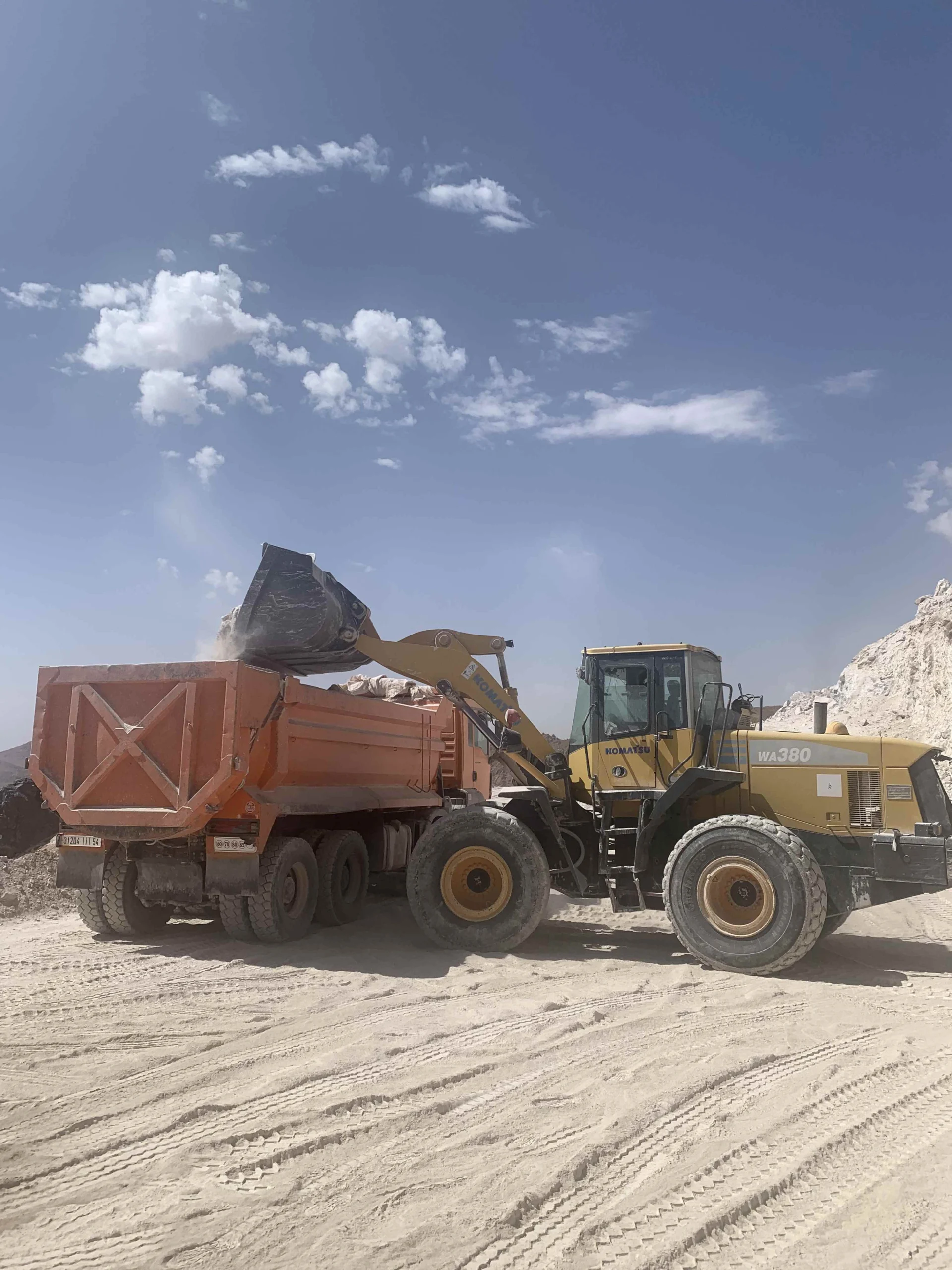
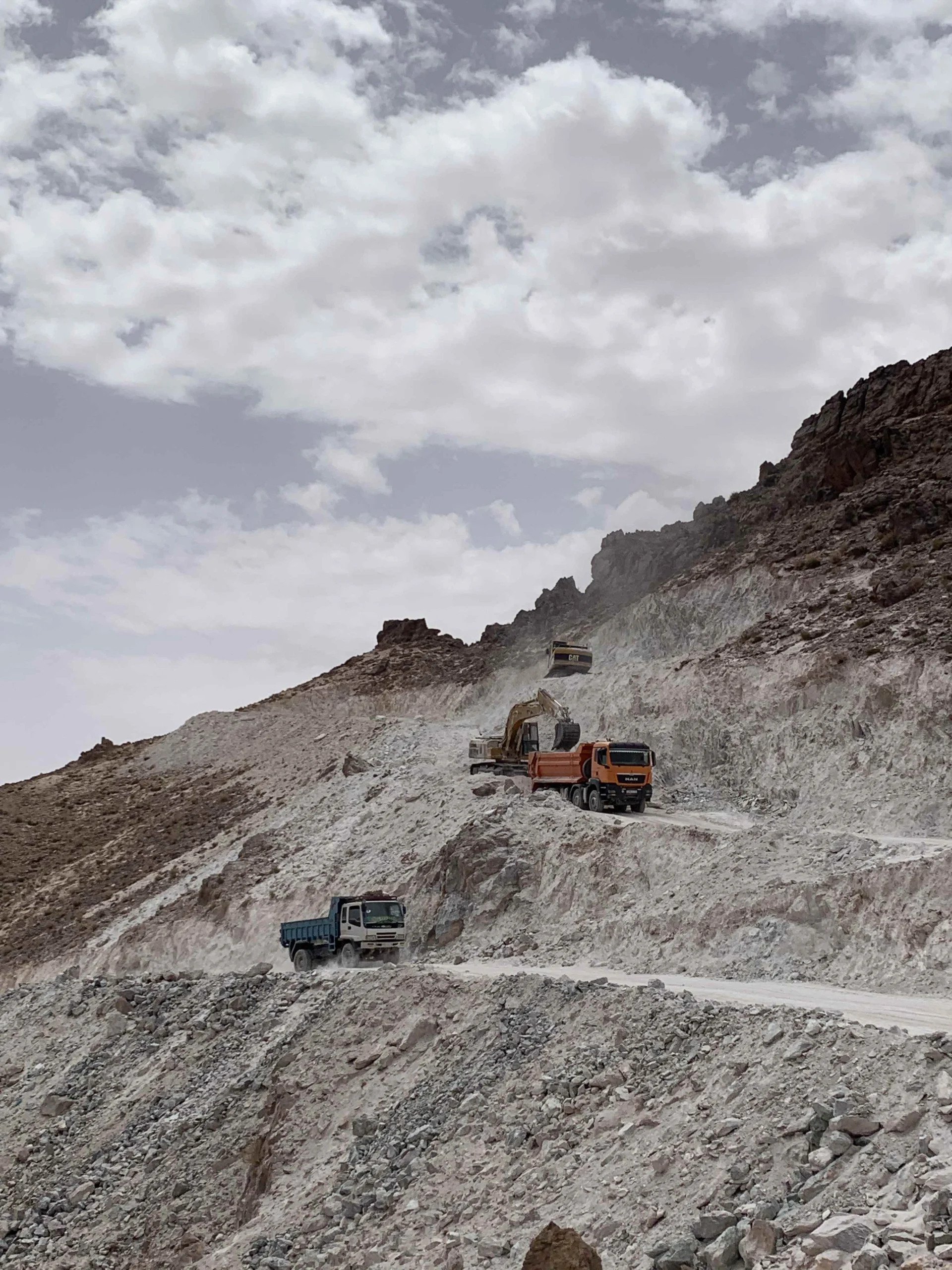
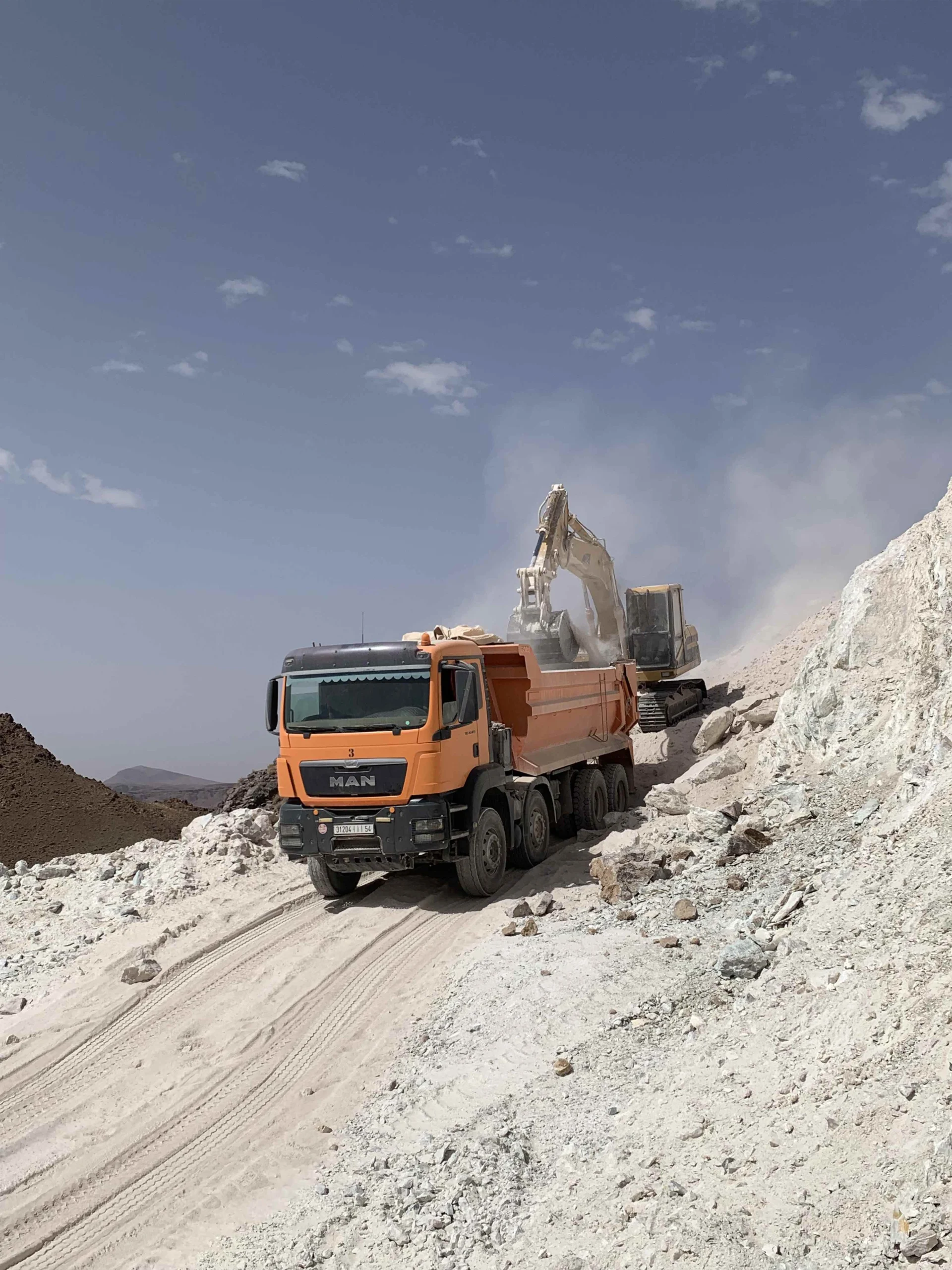
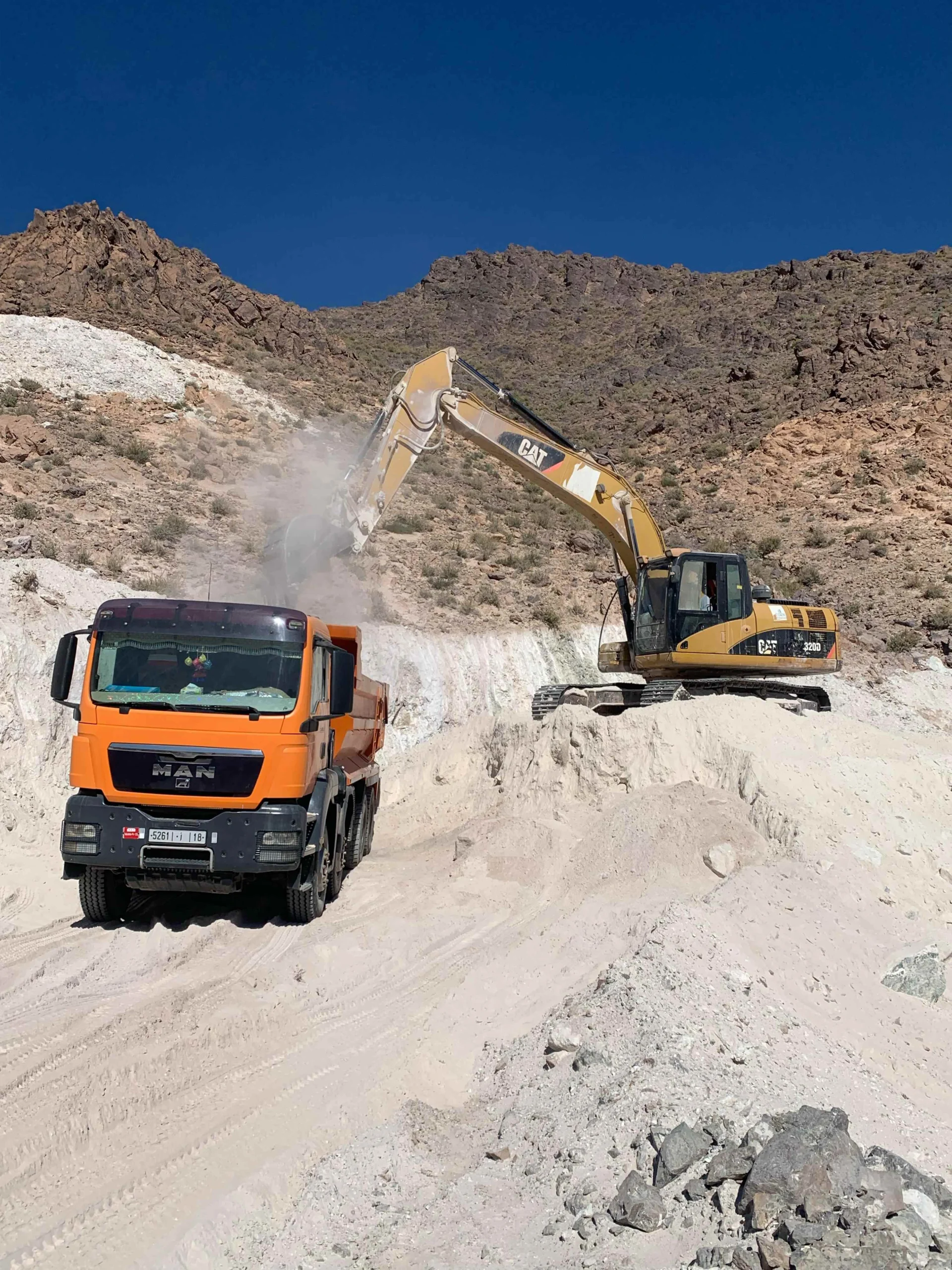
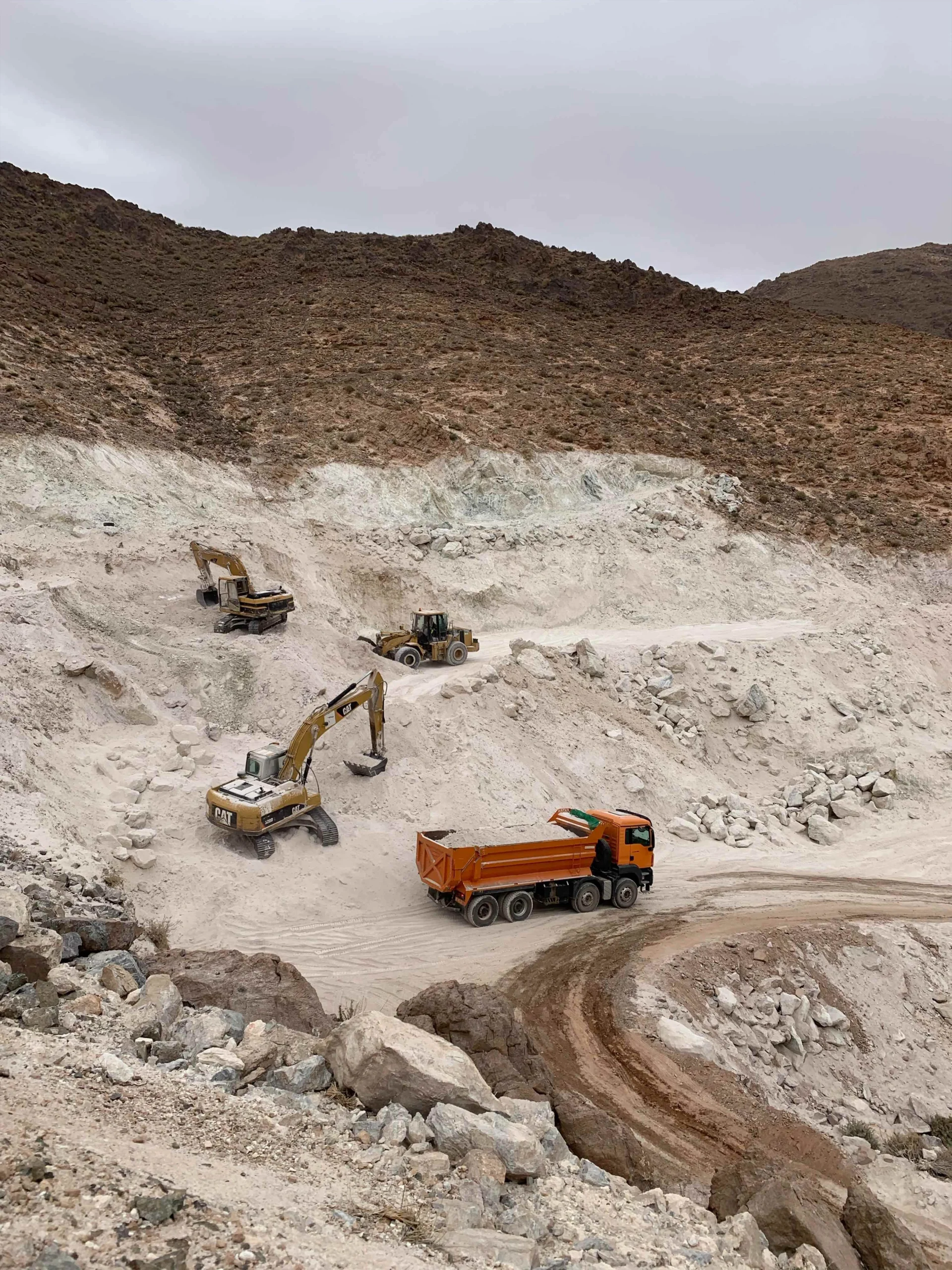
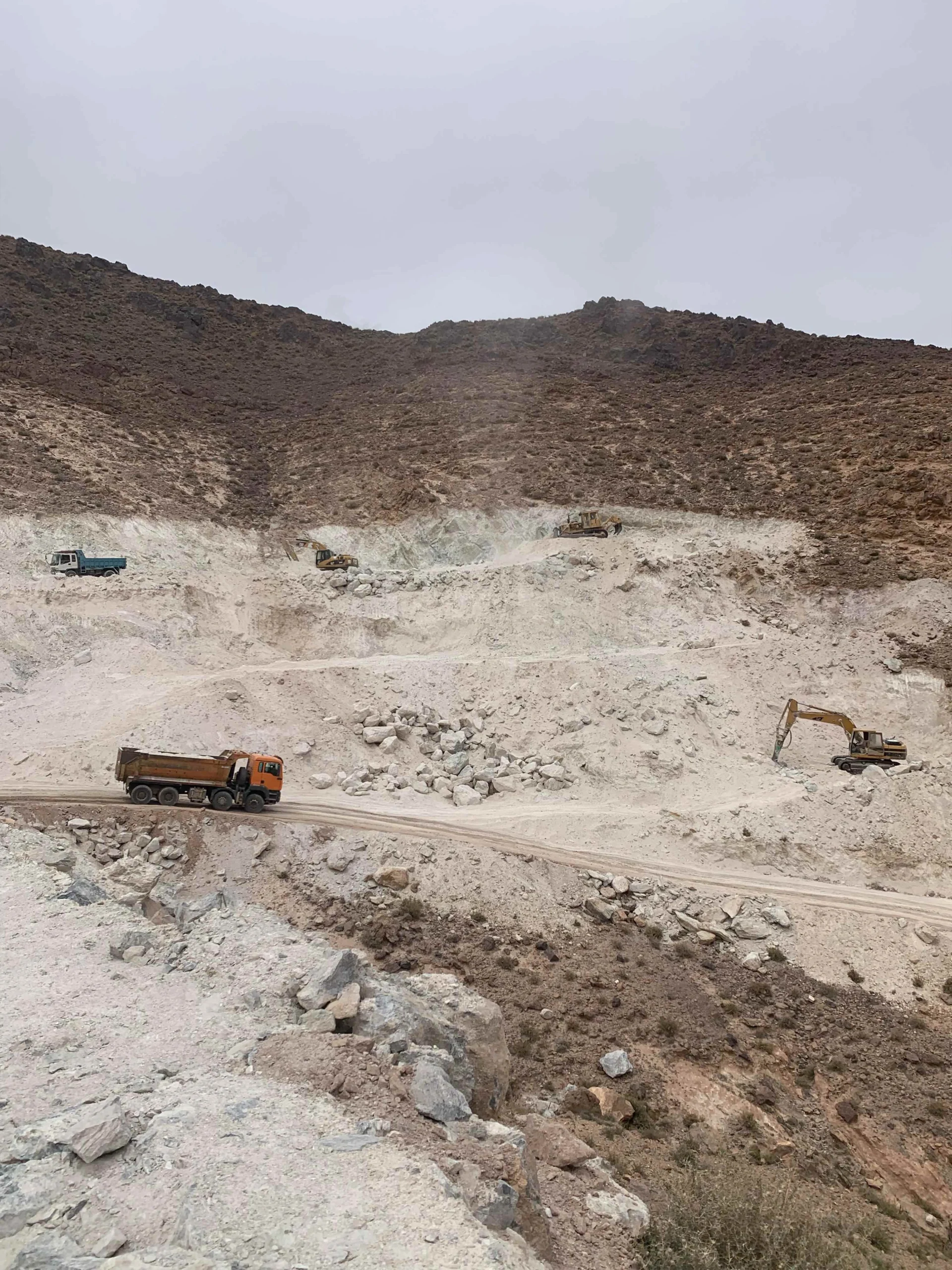
Road Construction
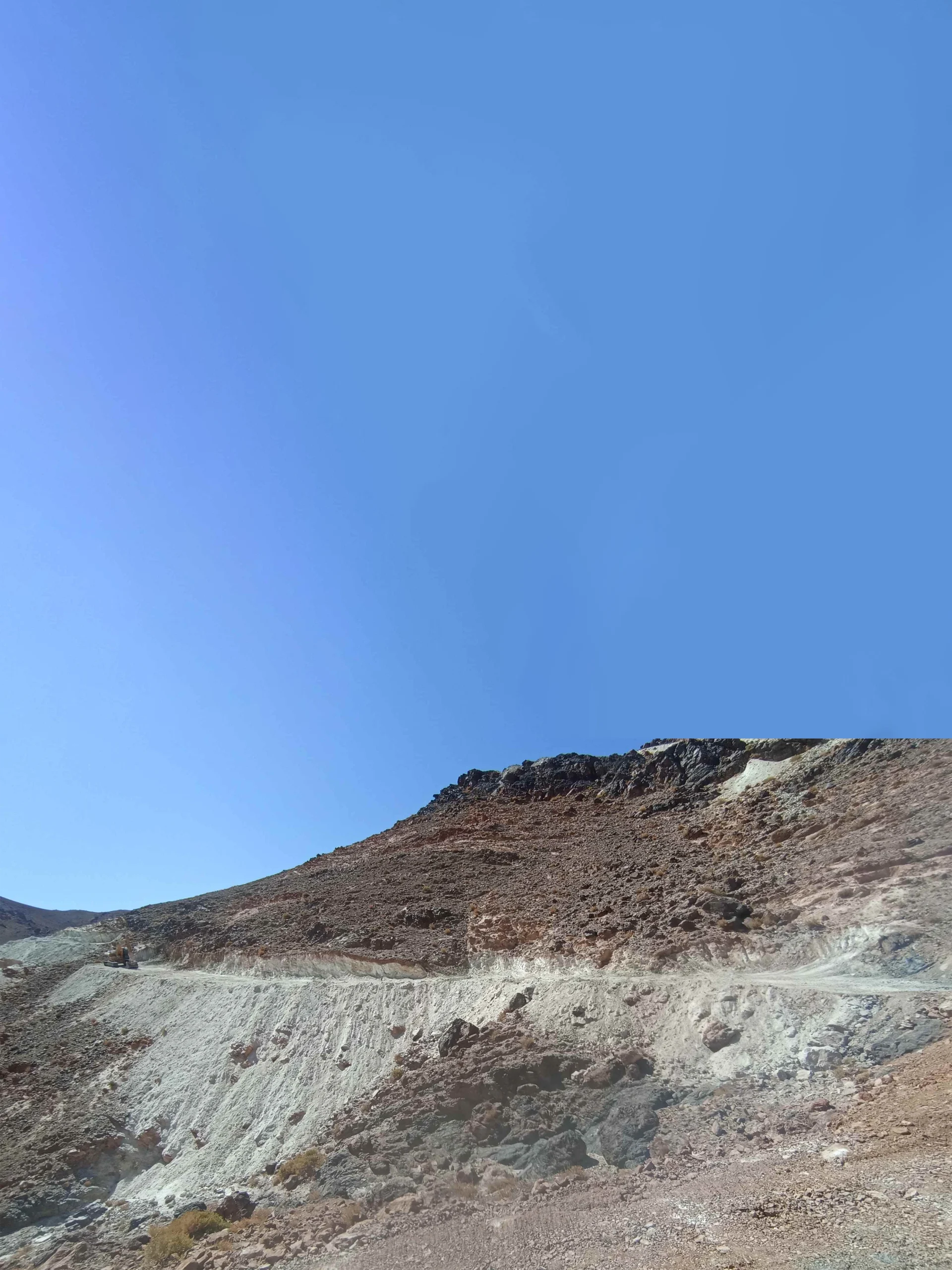
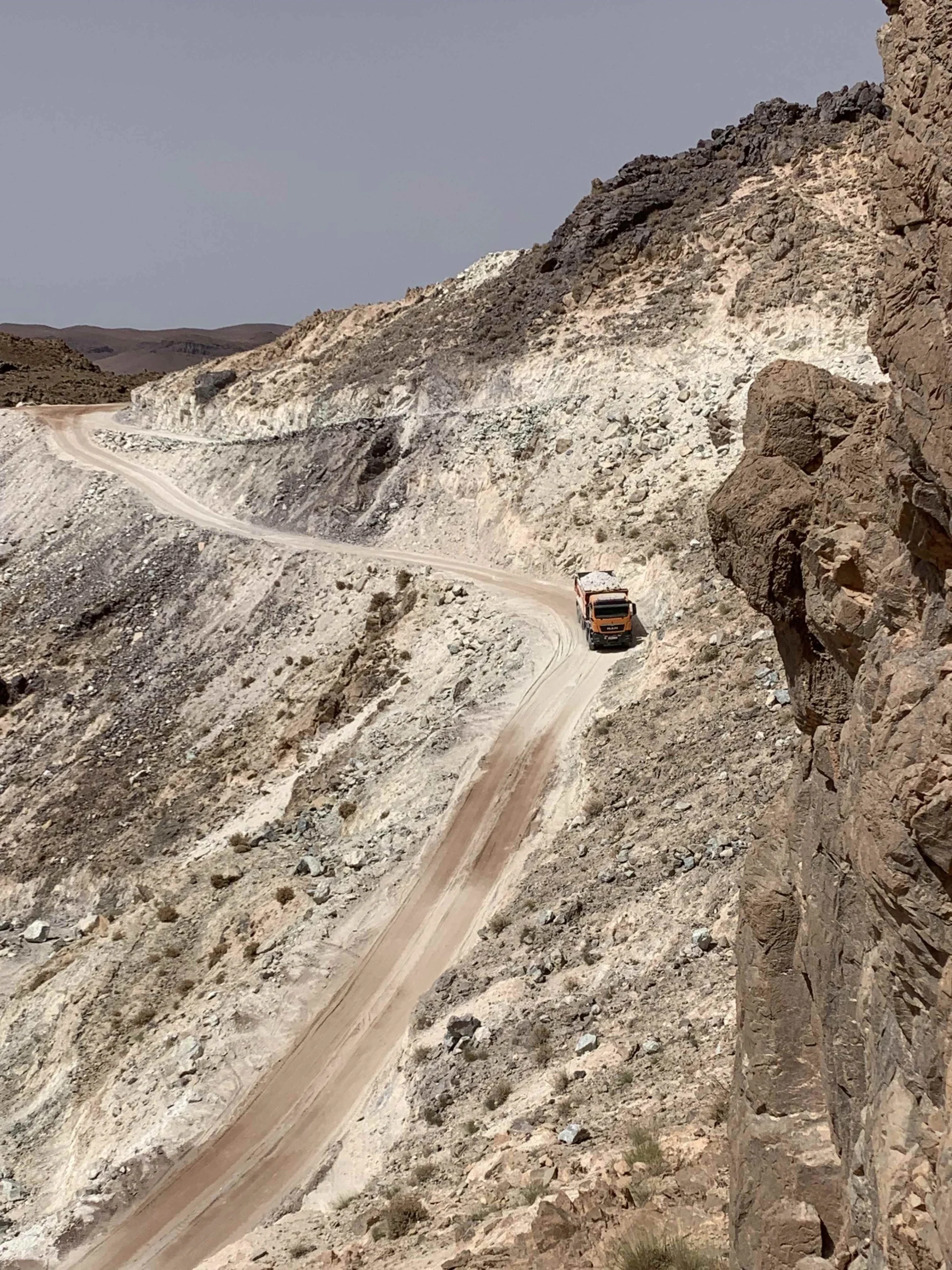
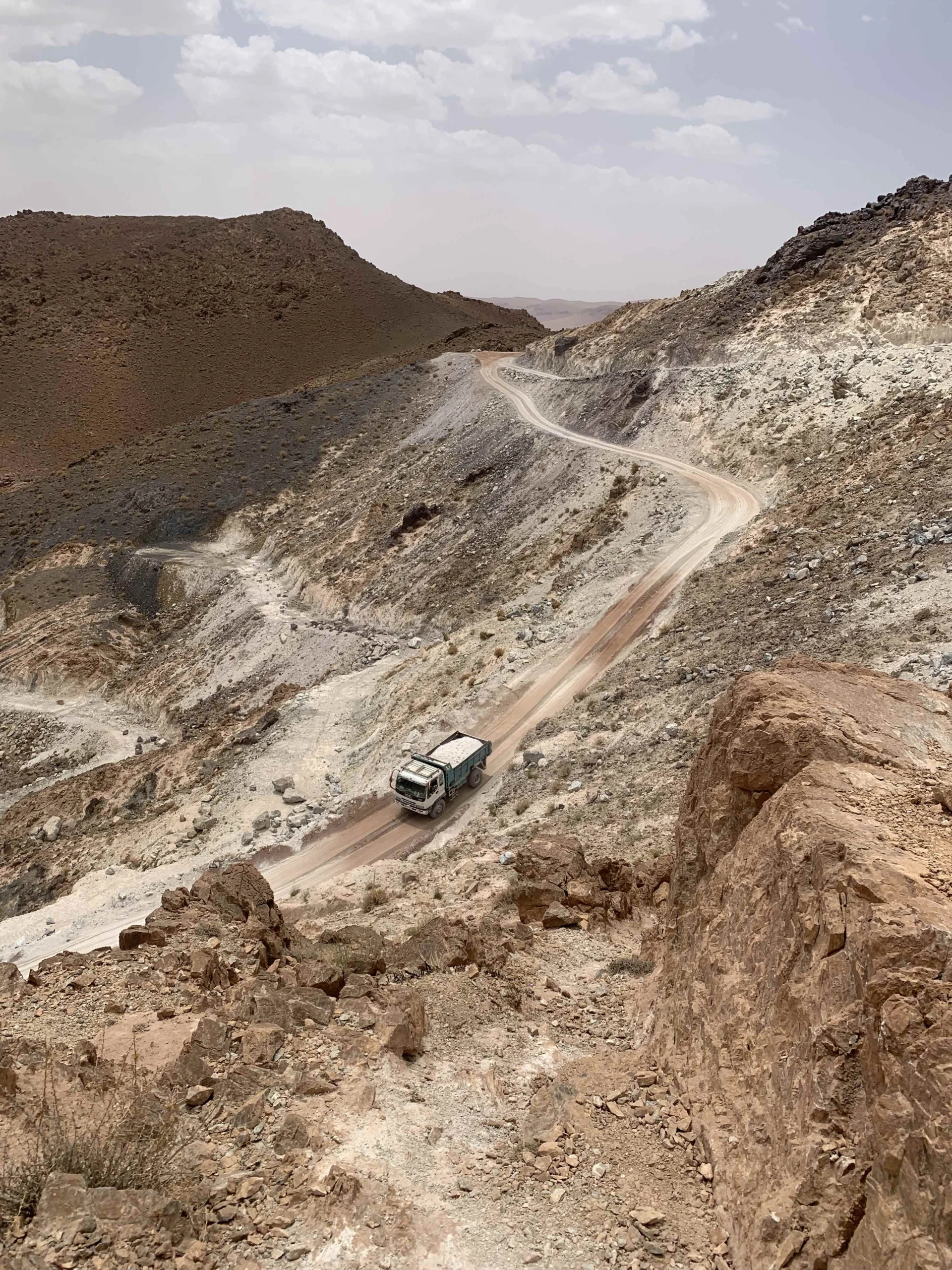
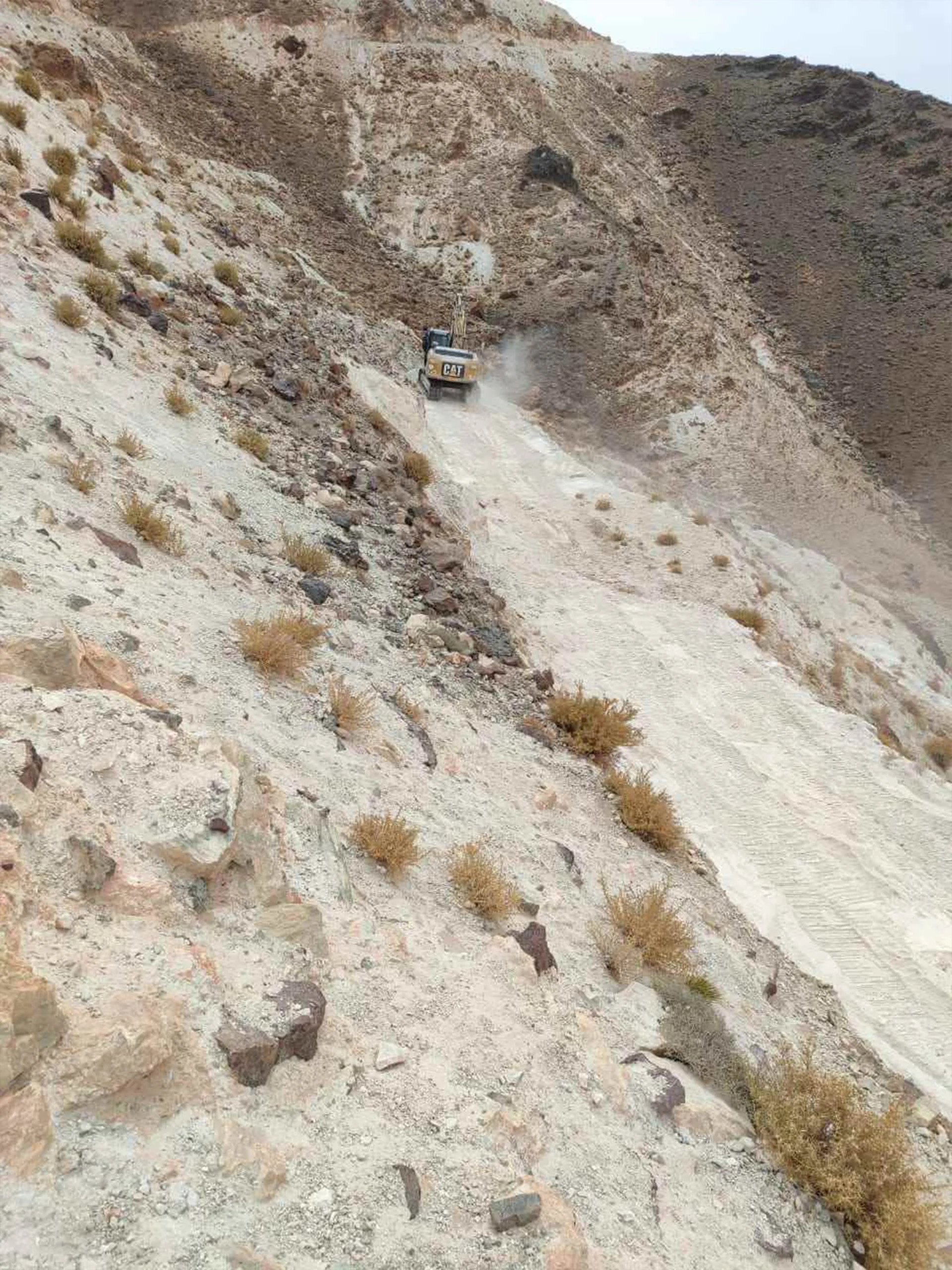
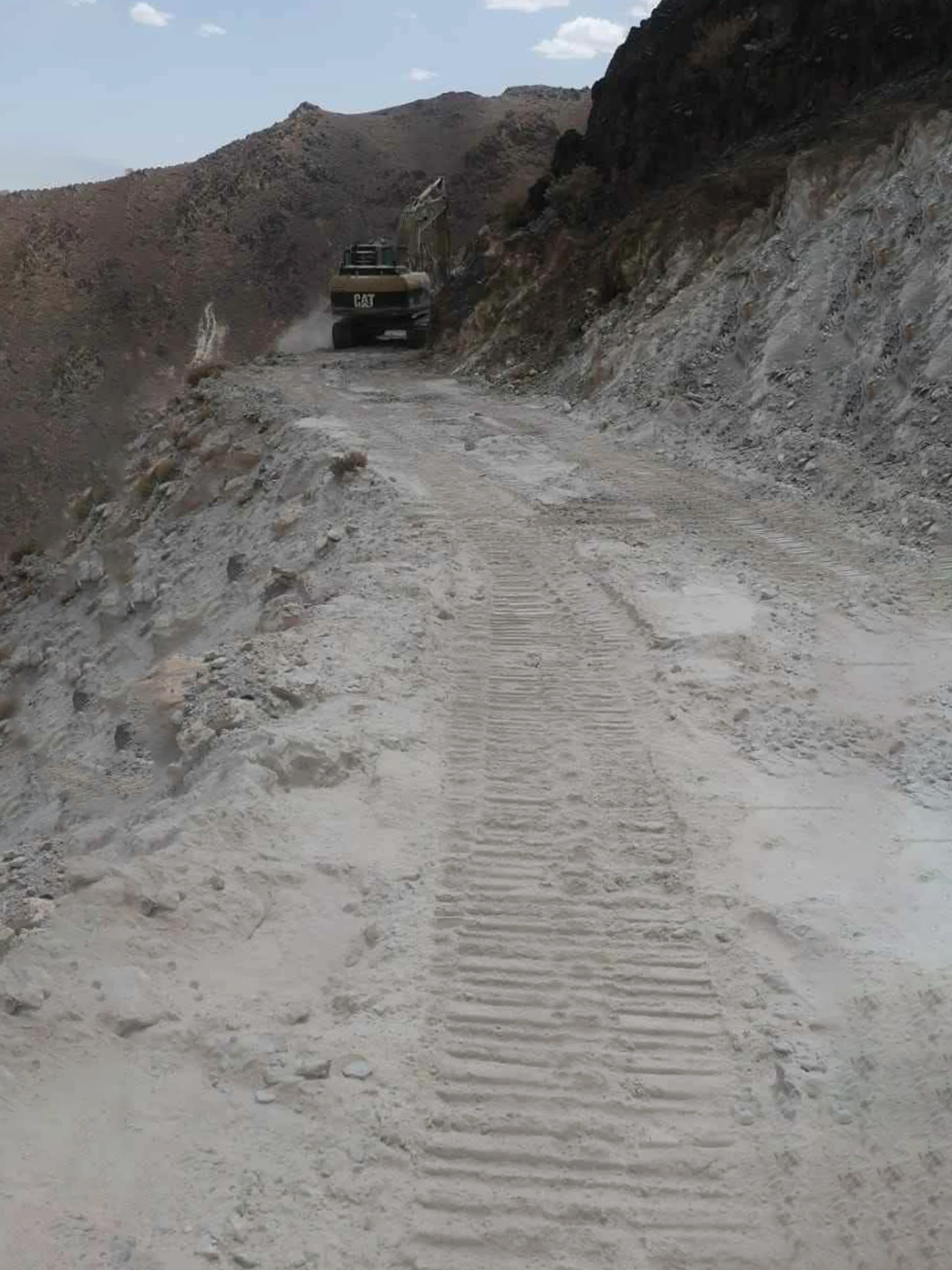
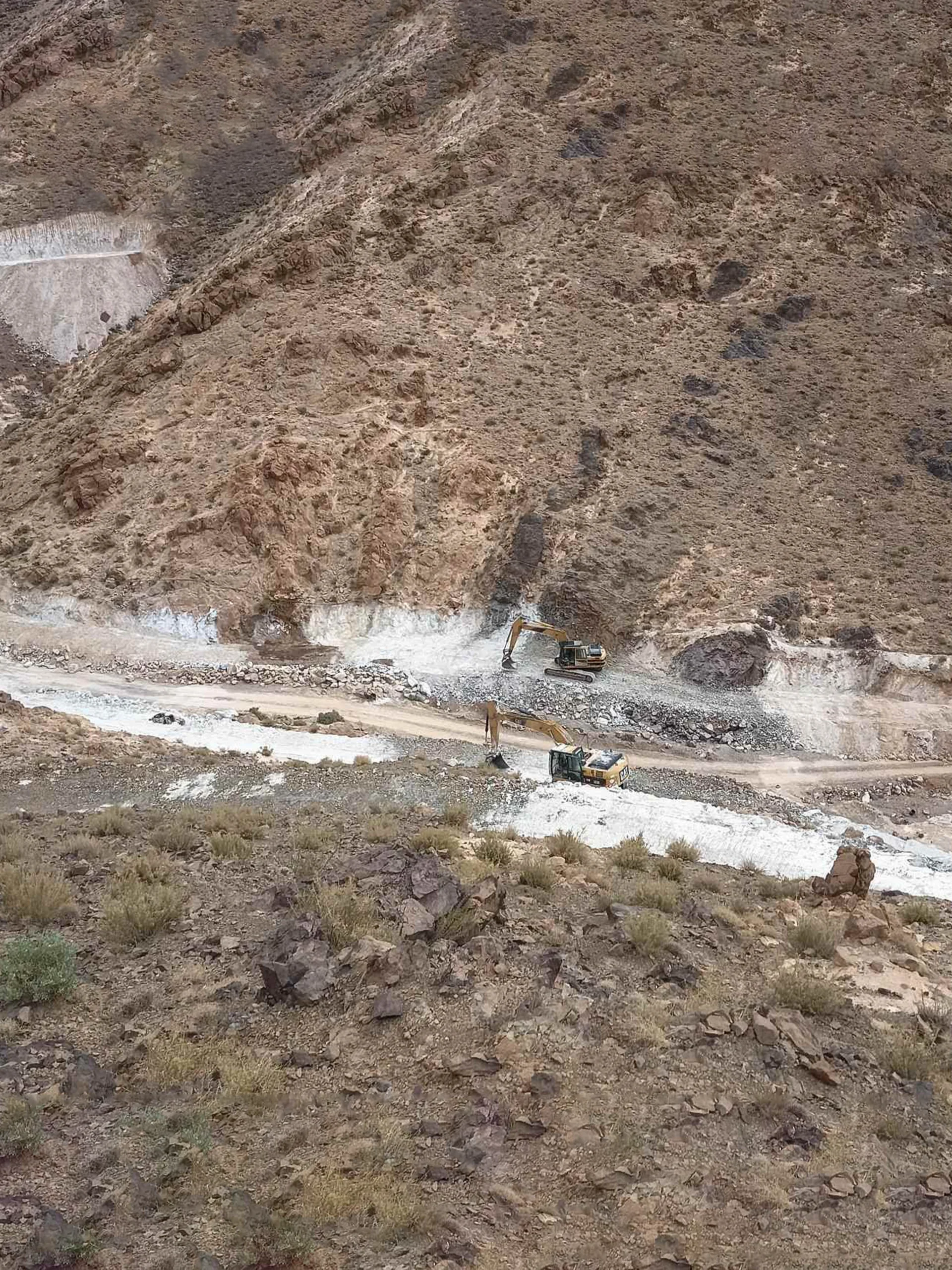
Stockpile
